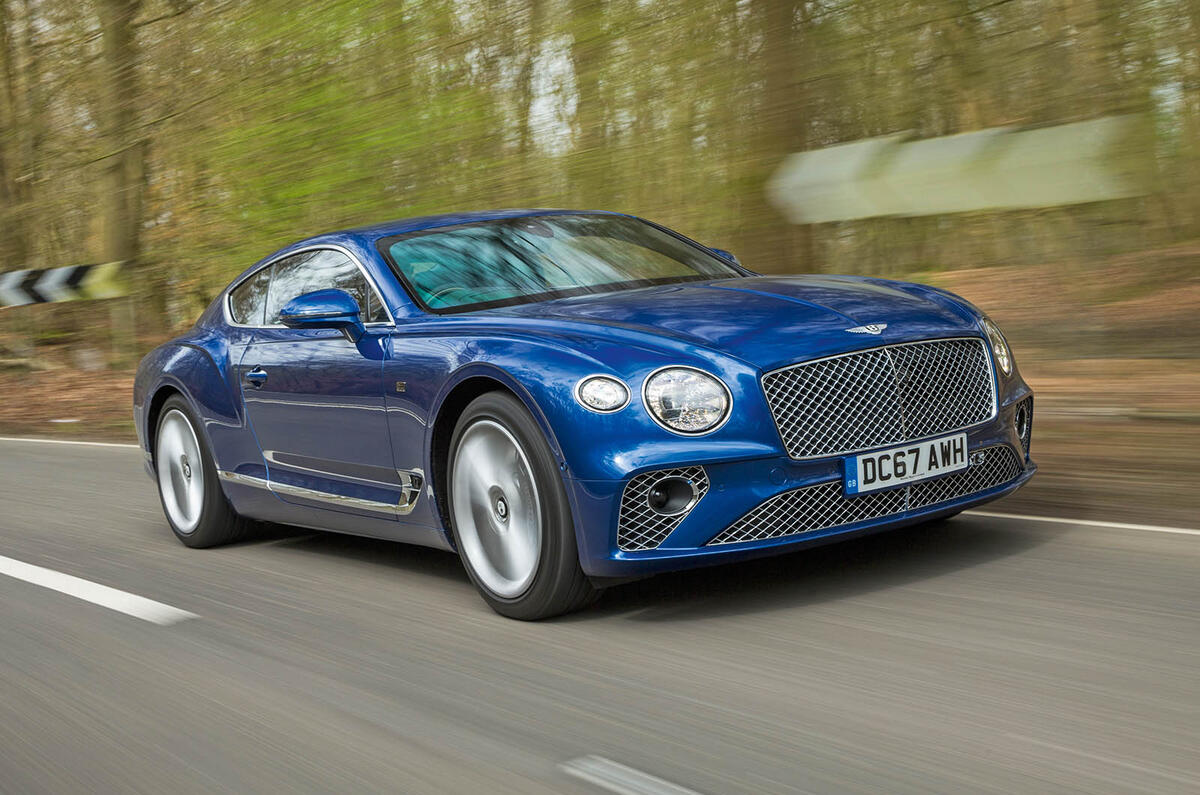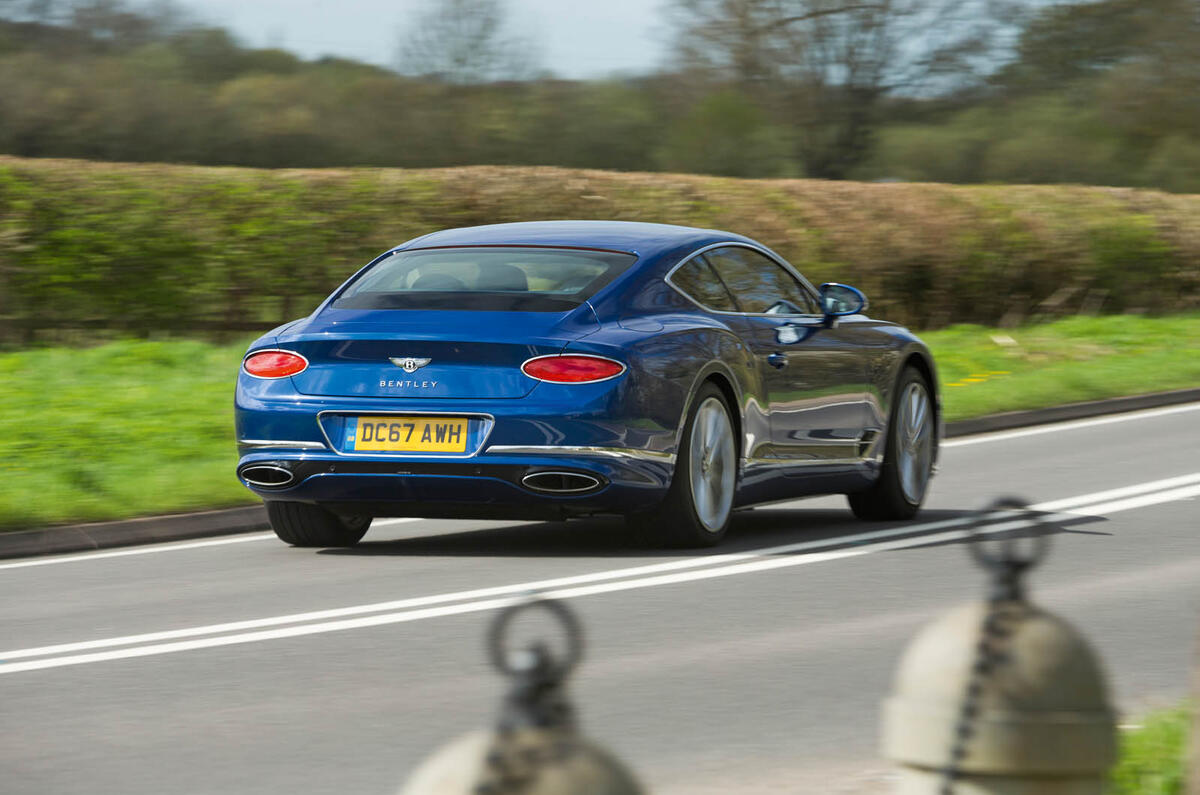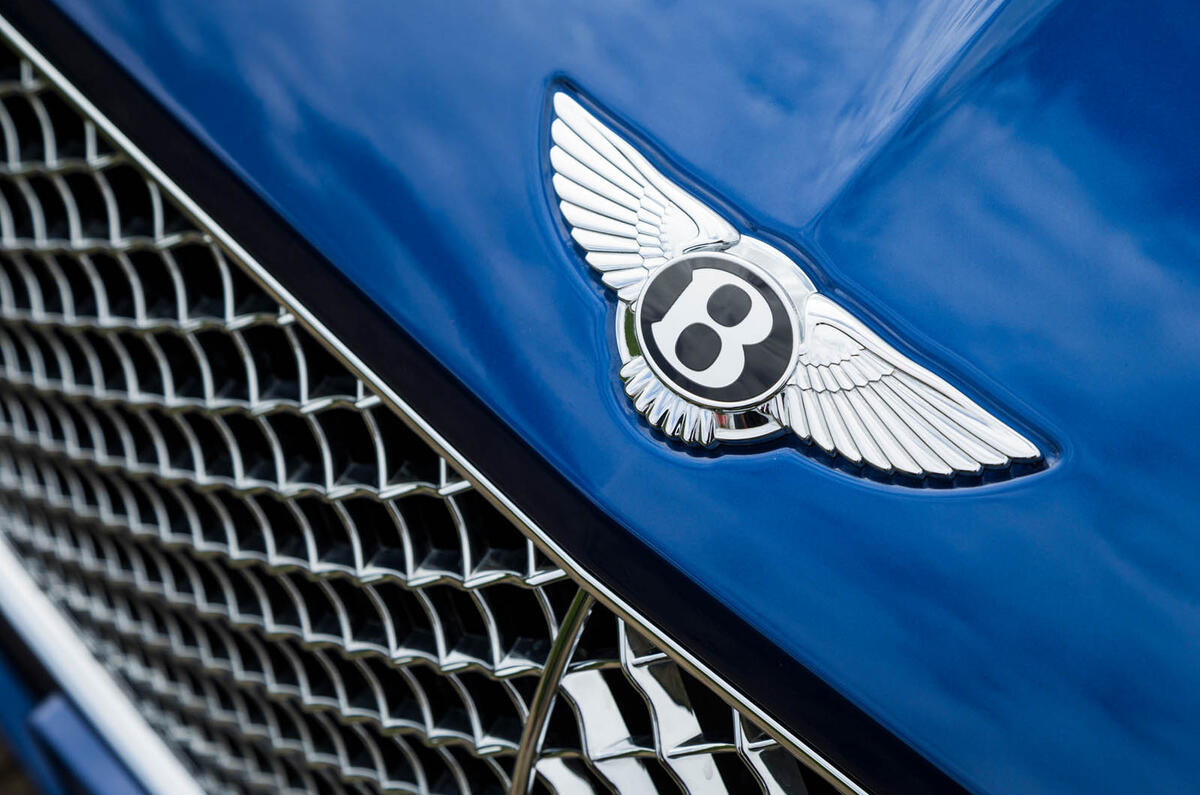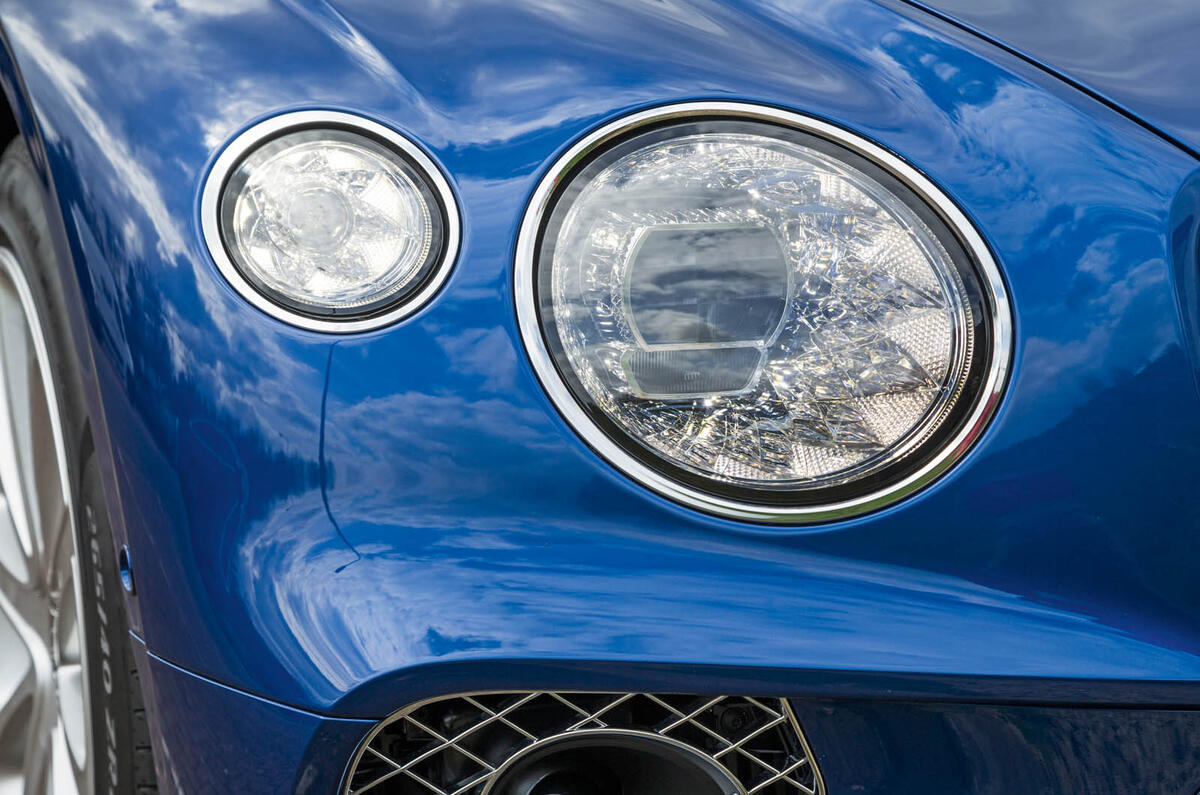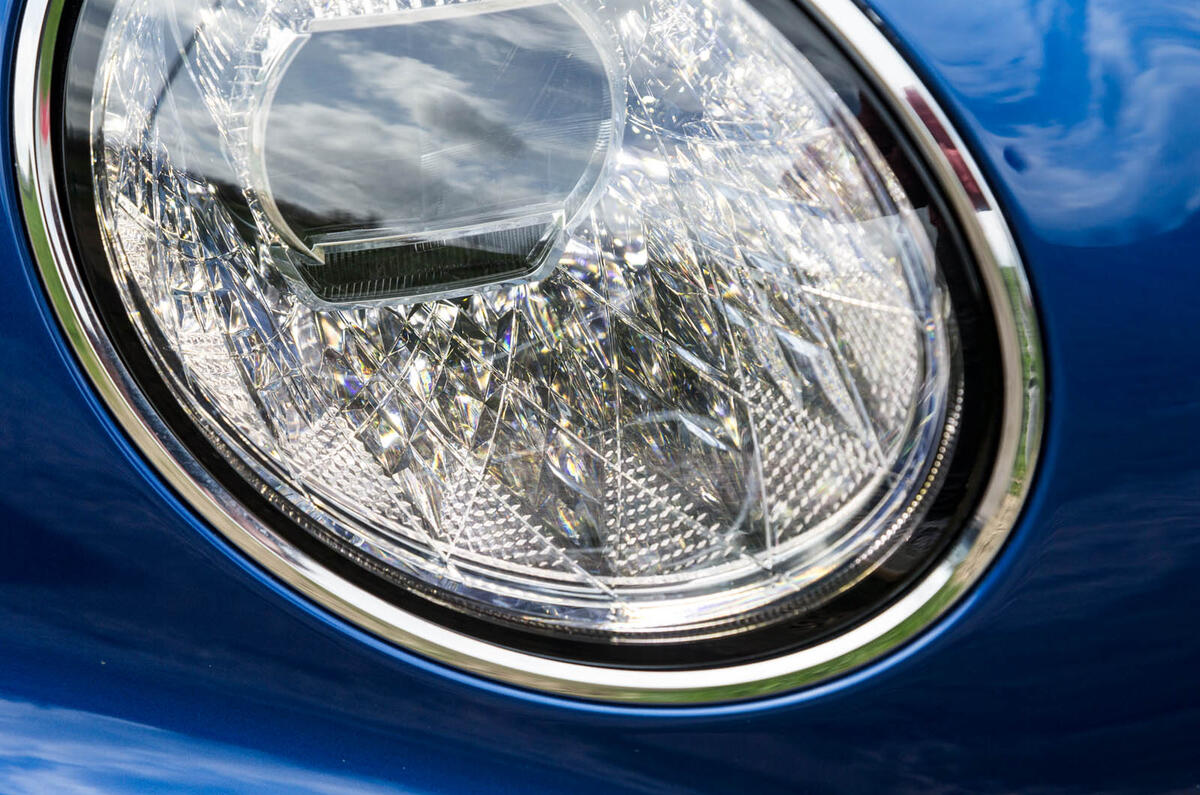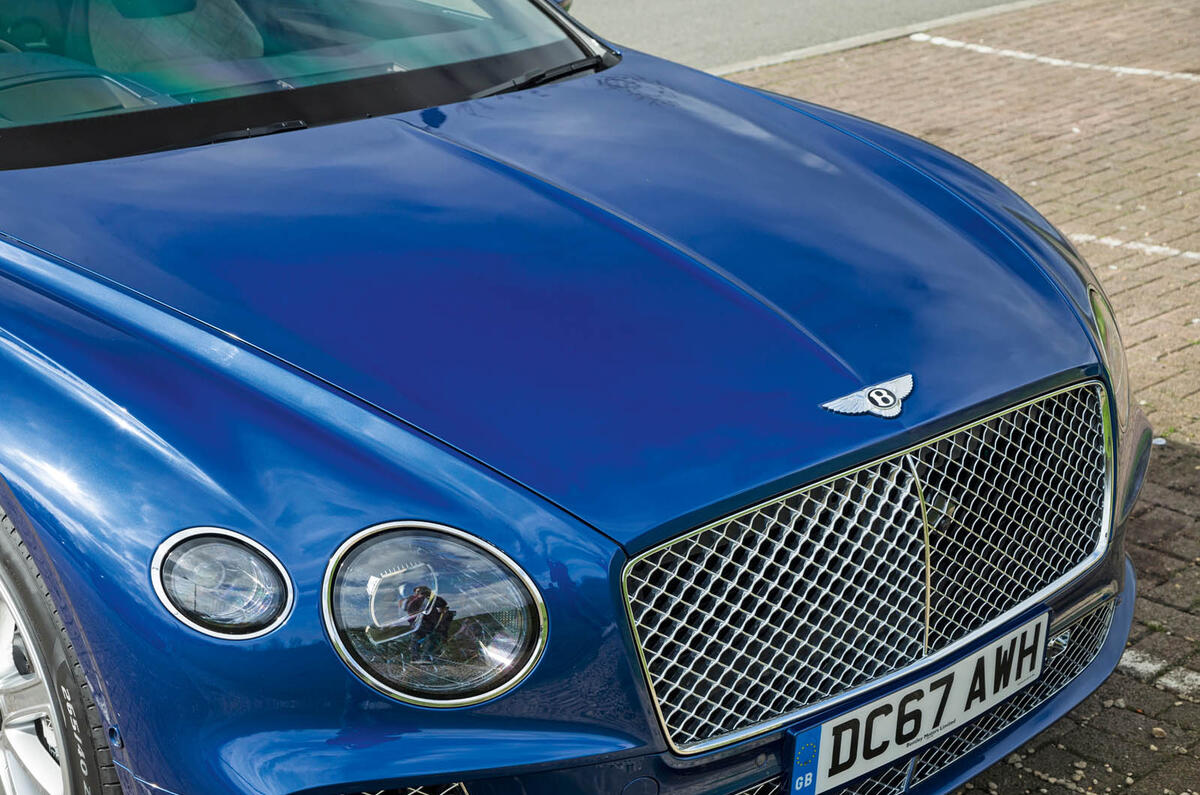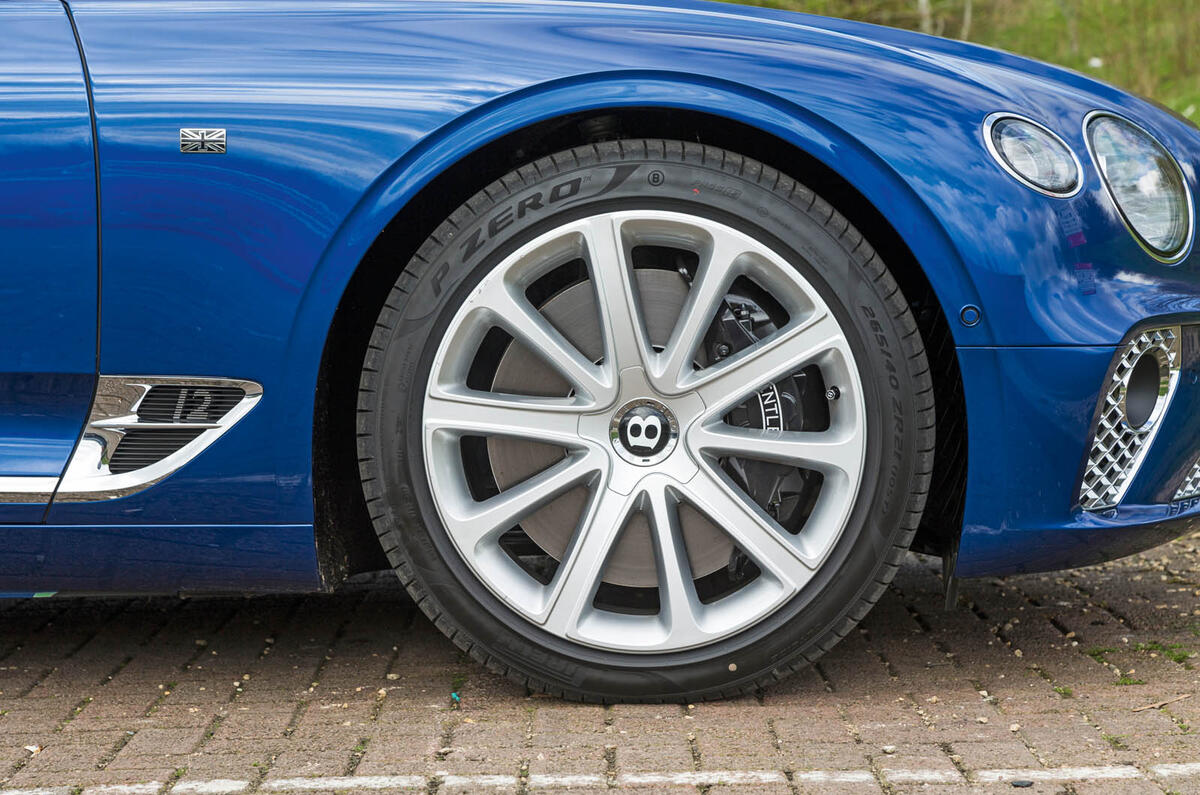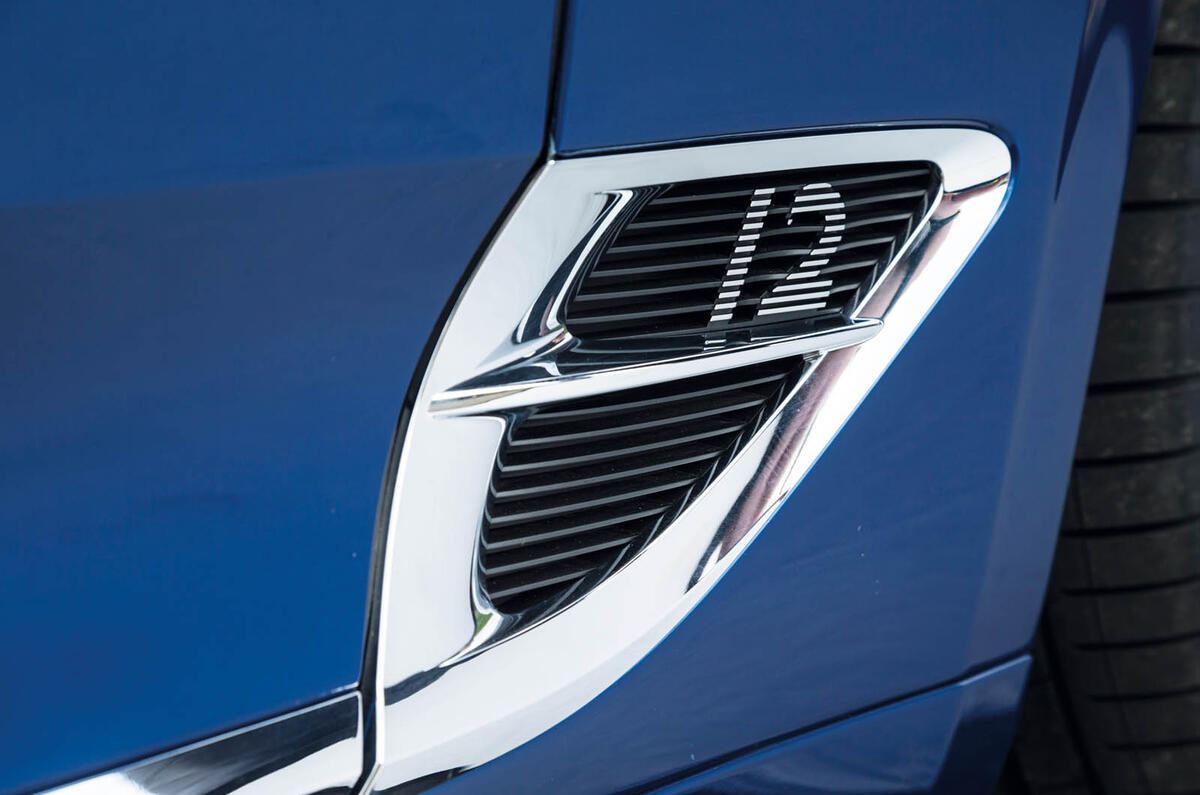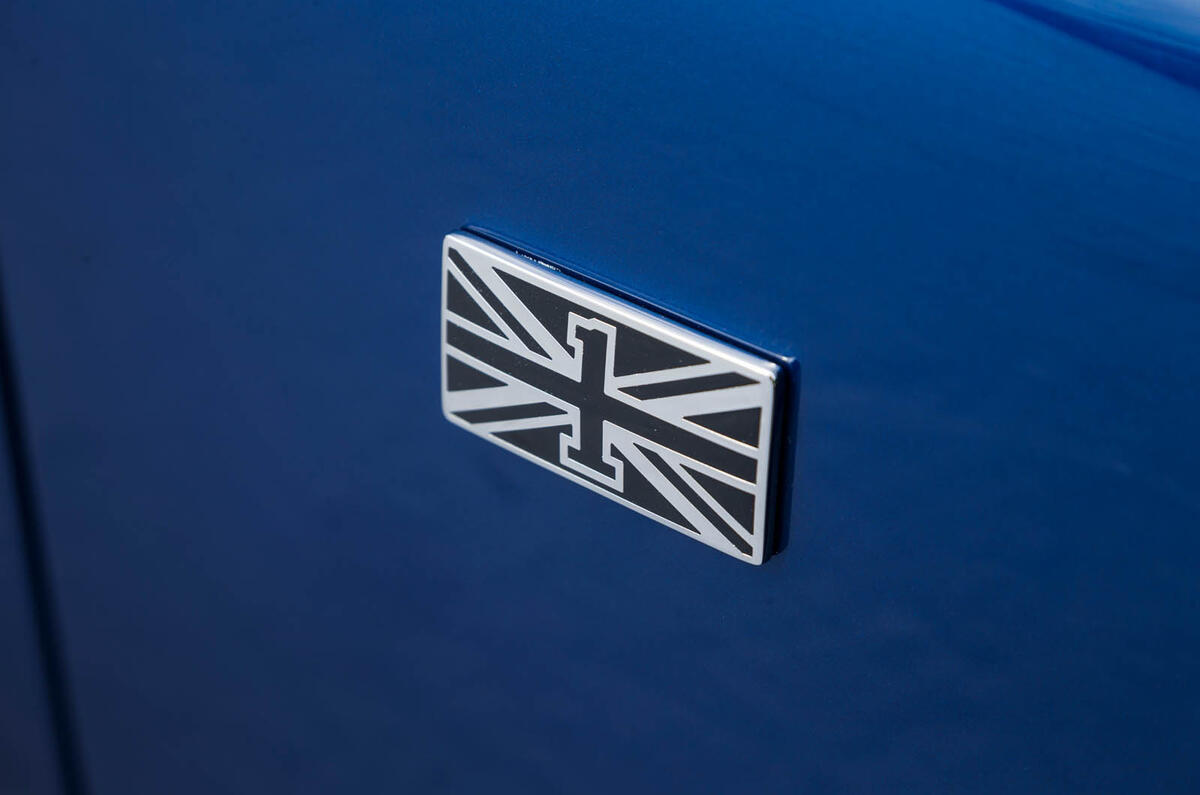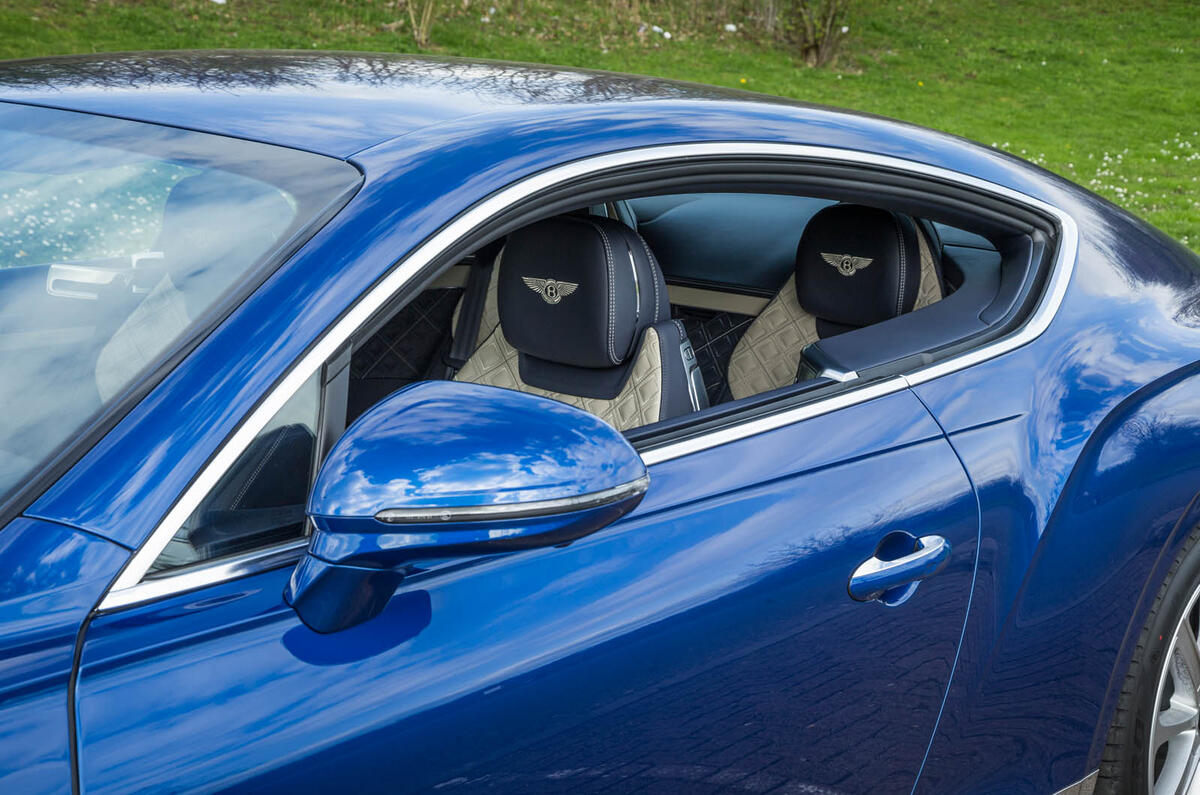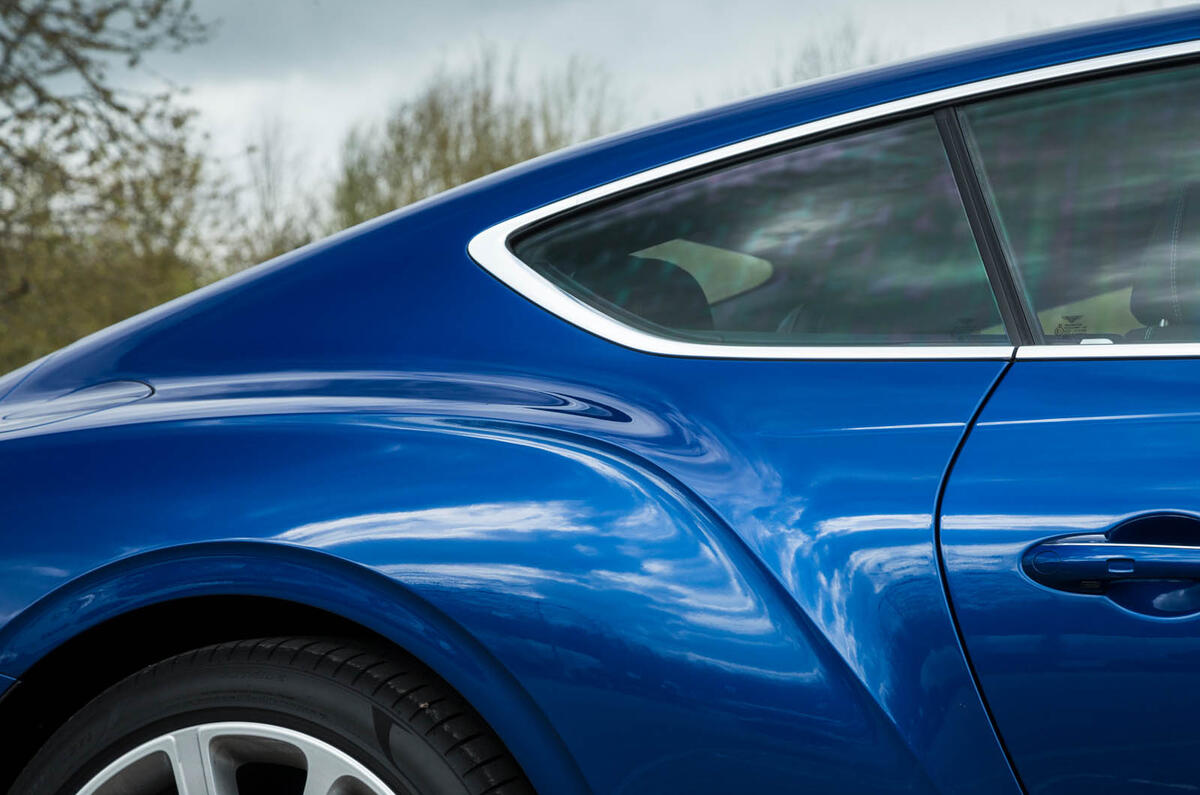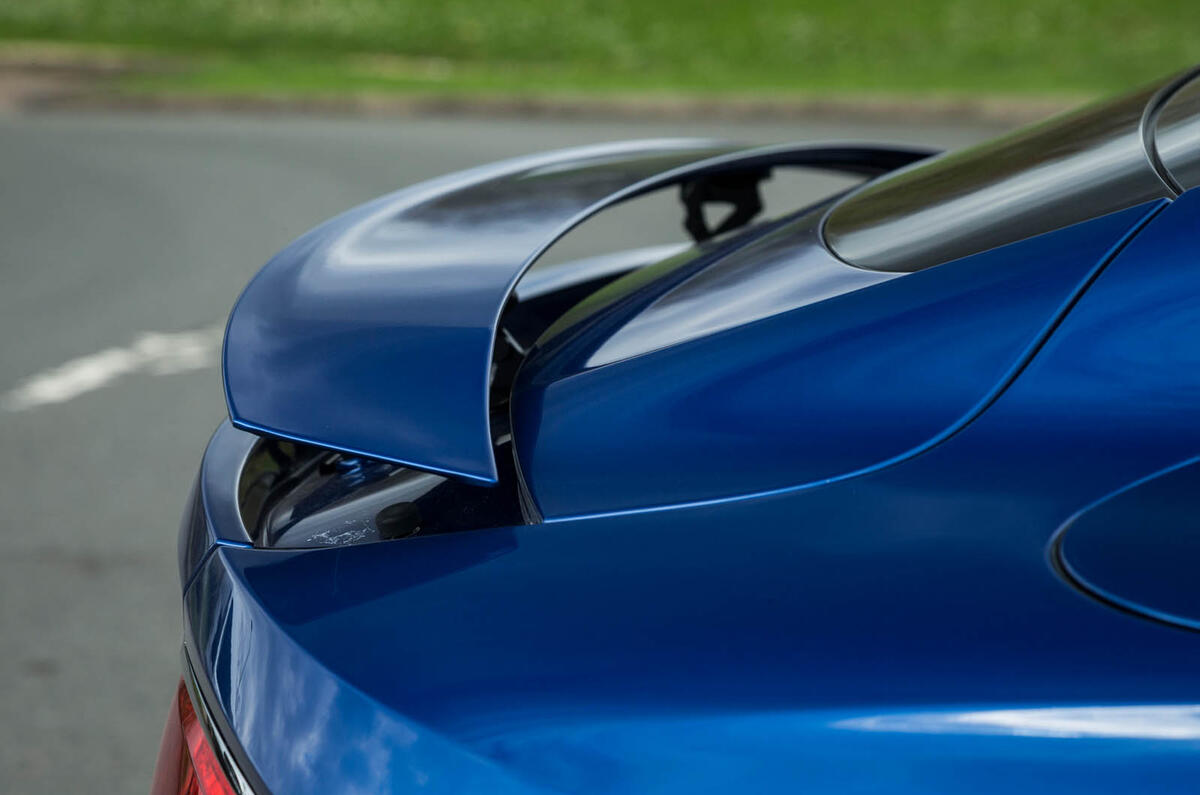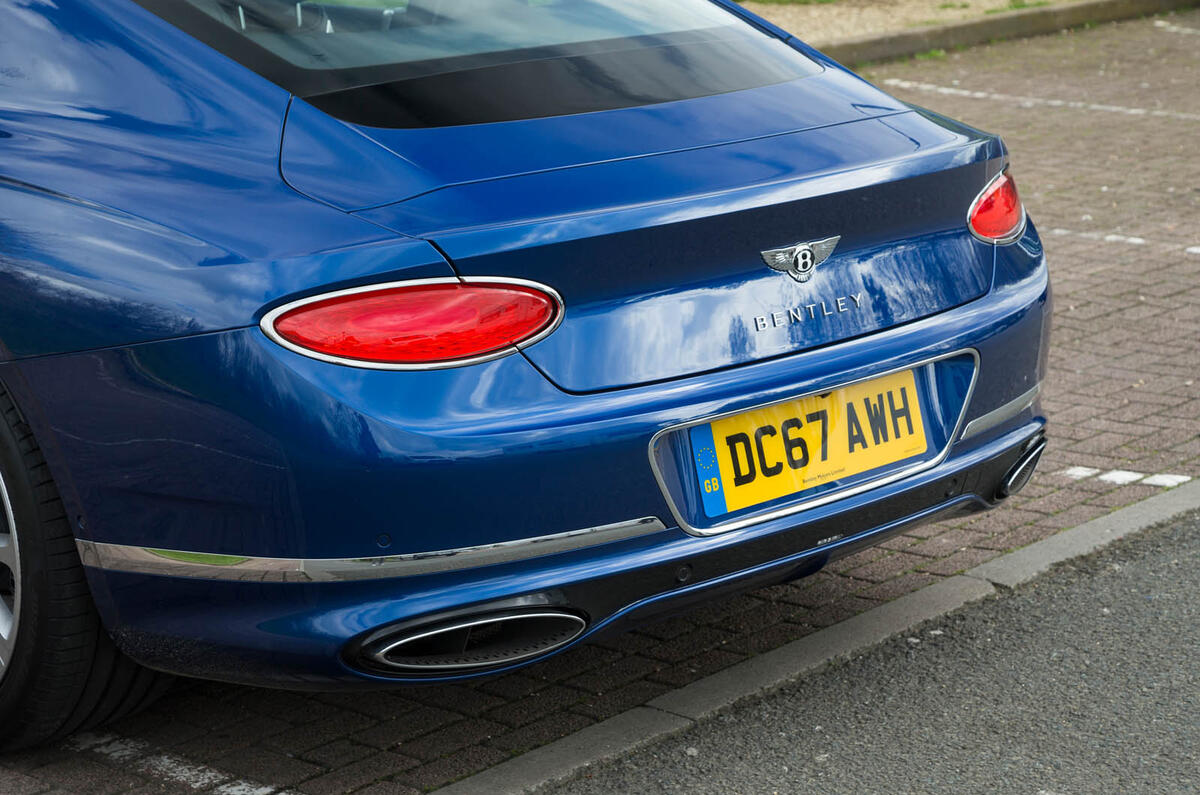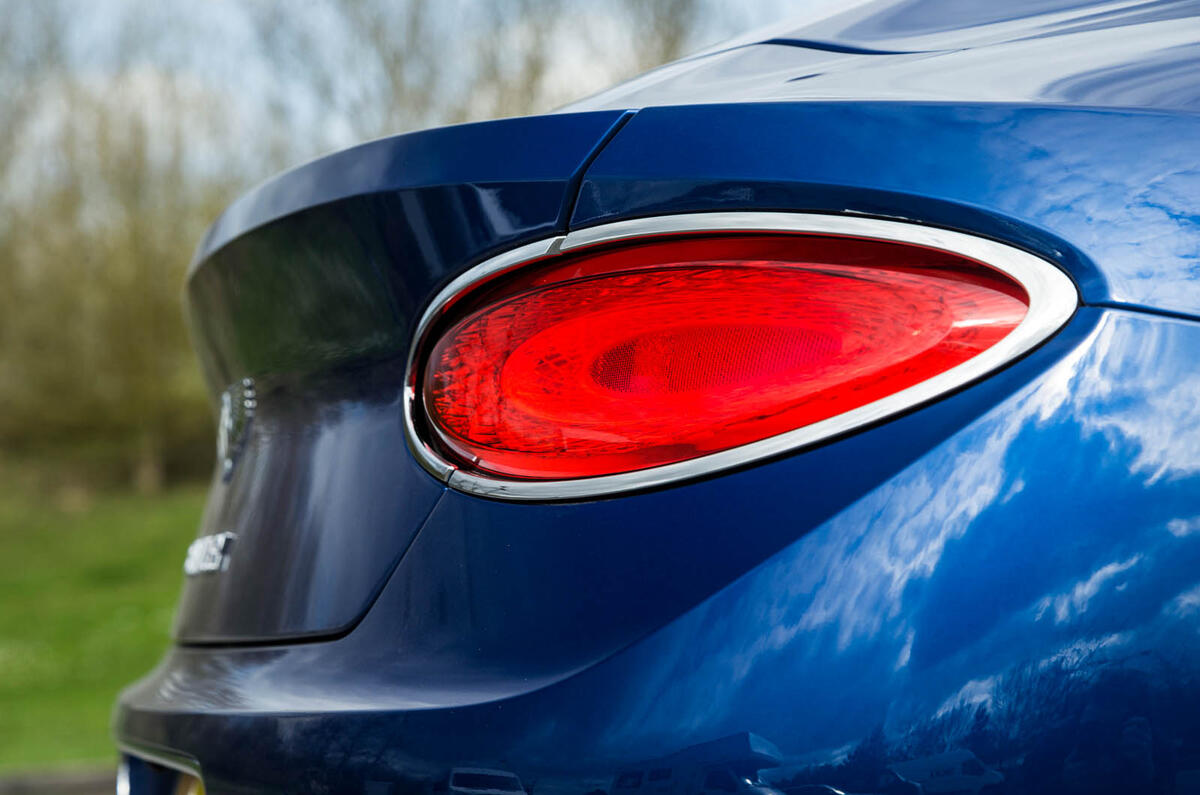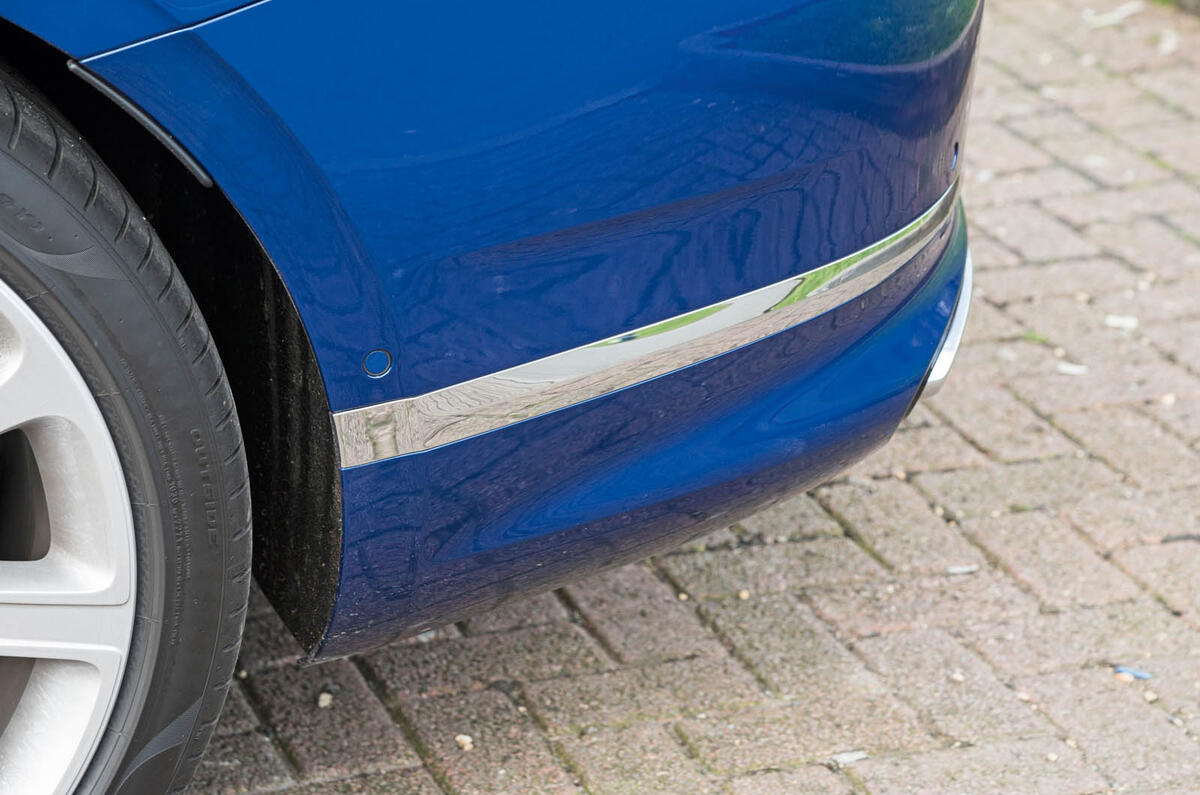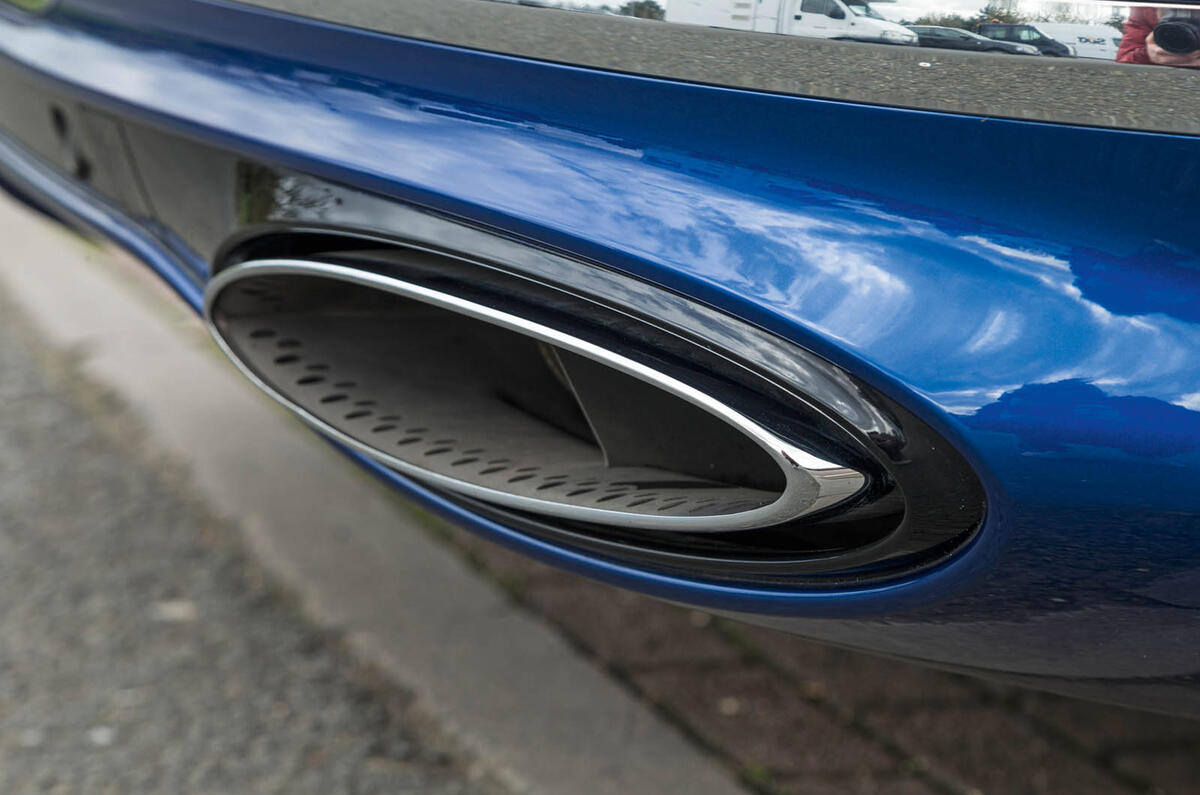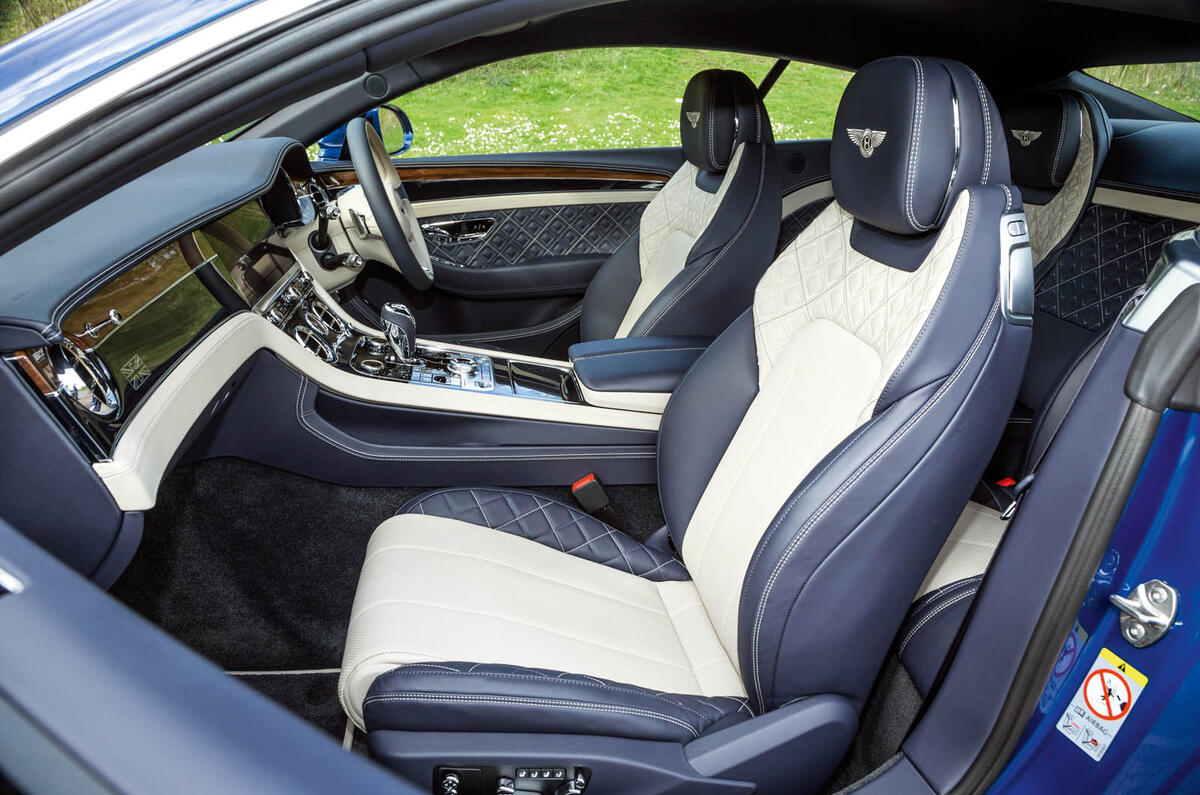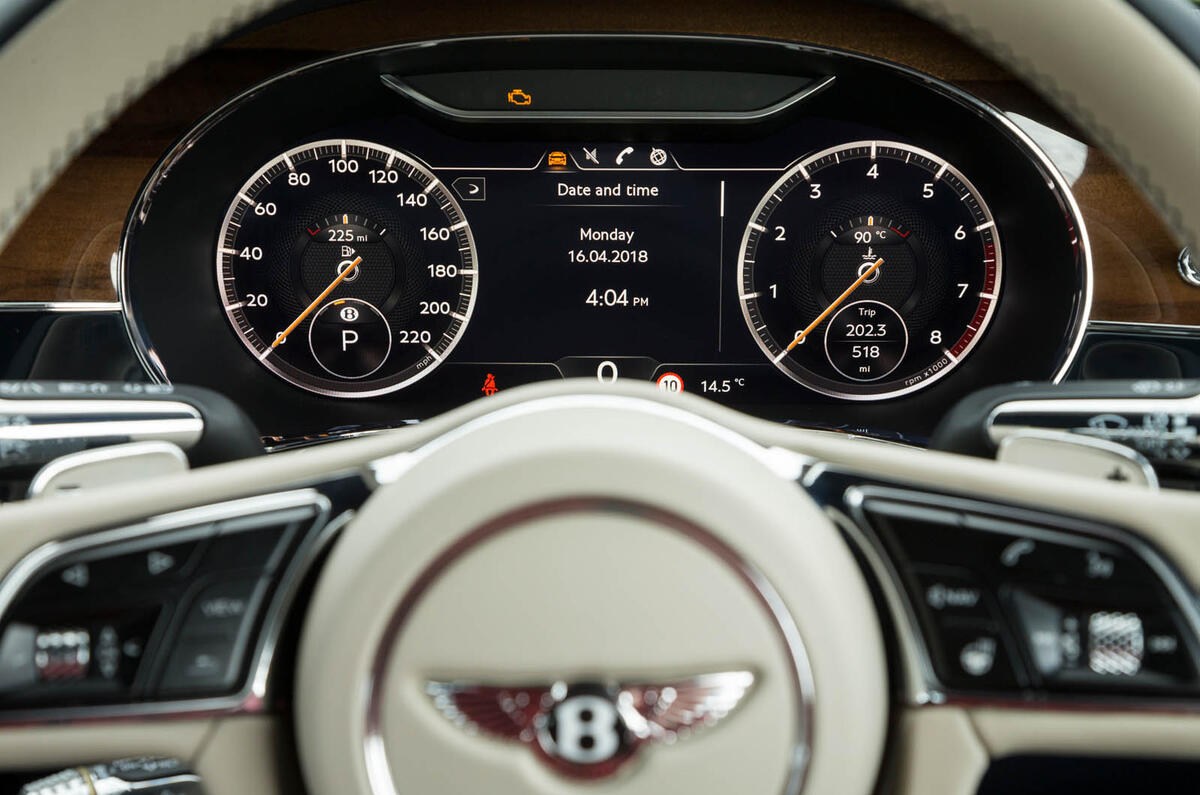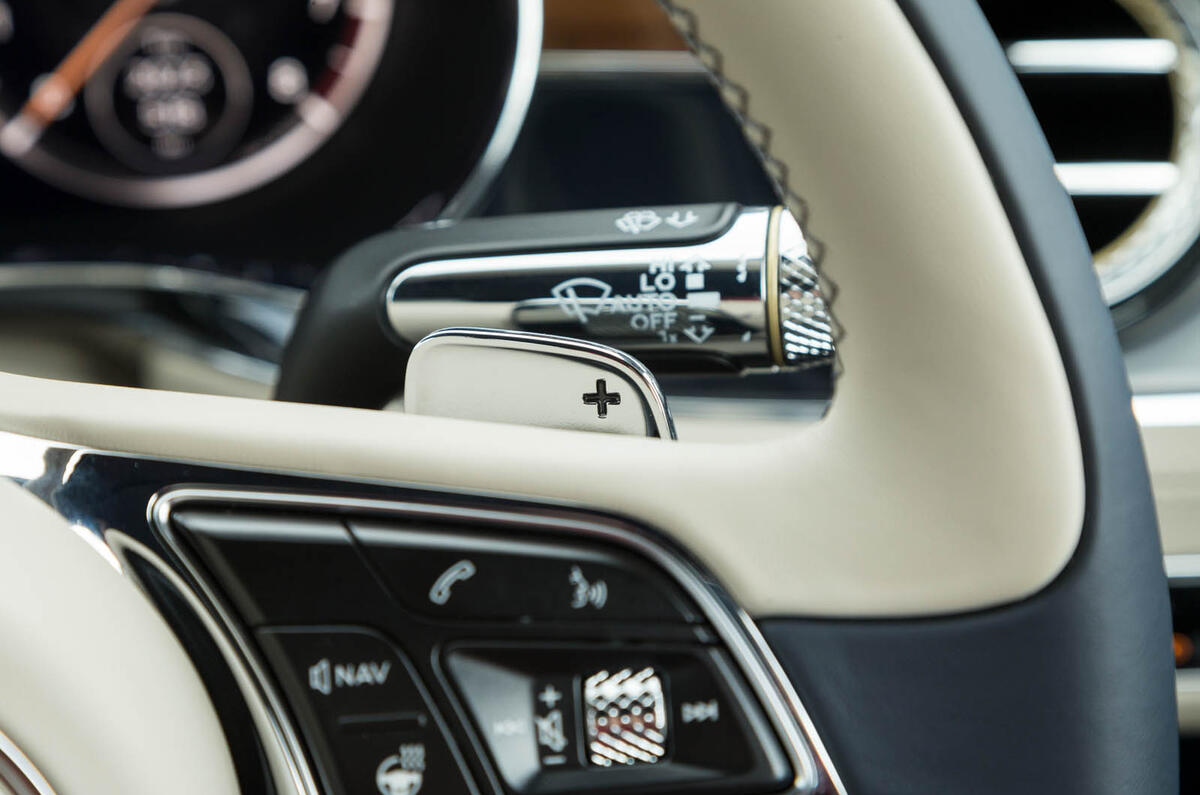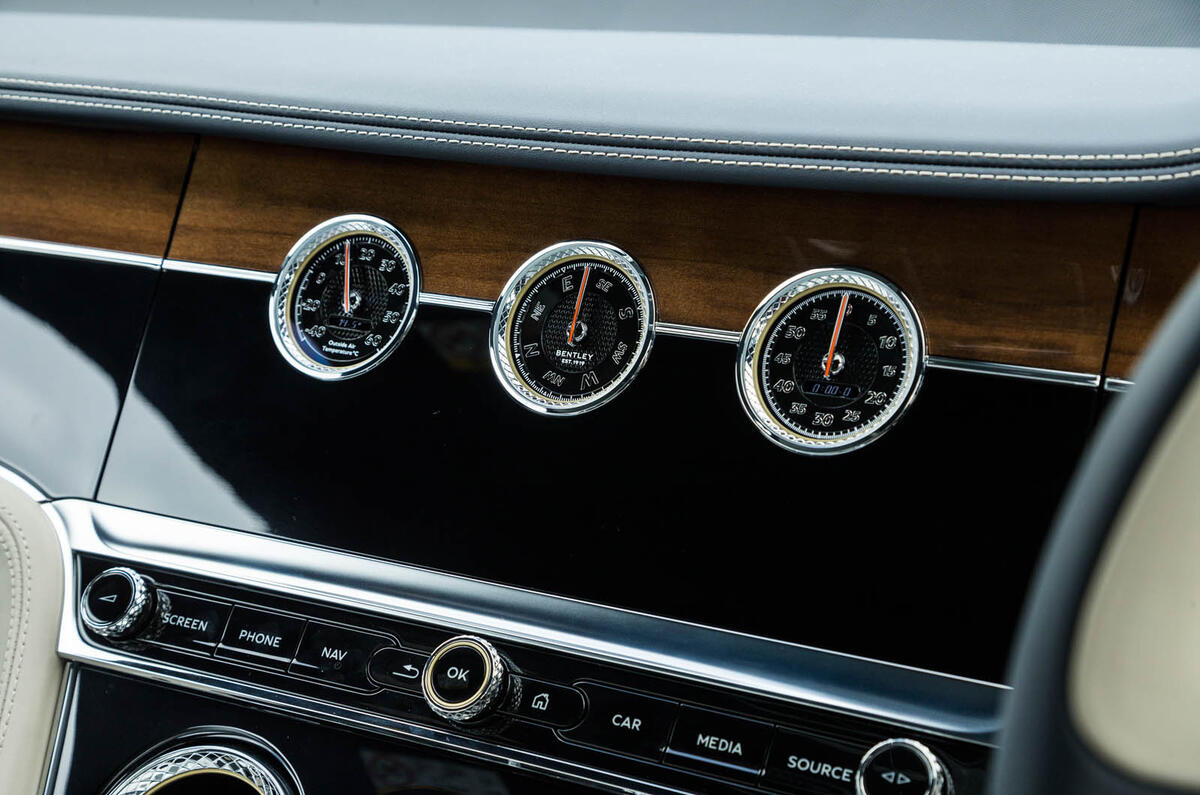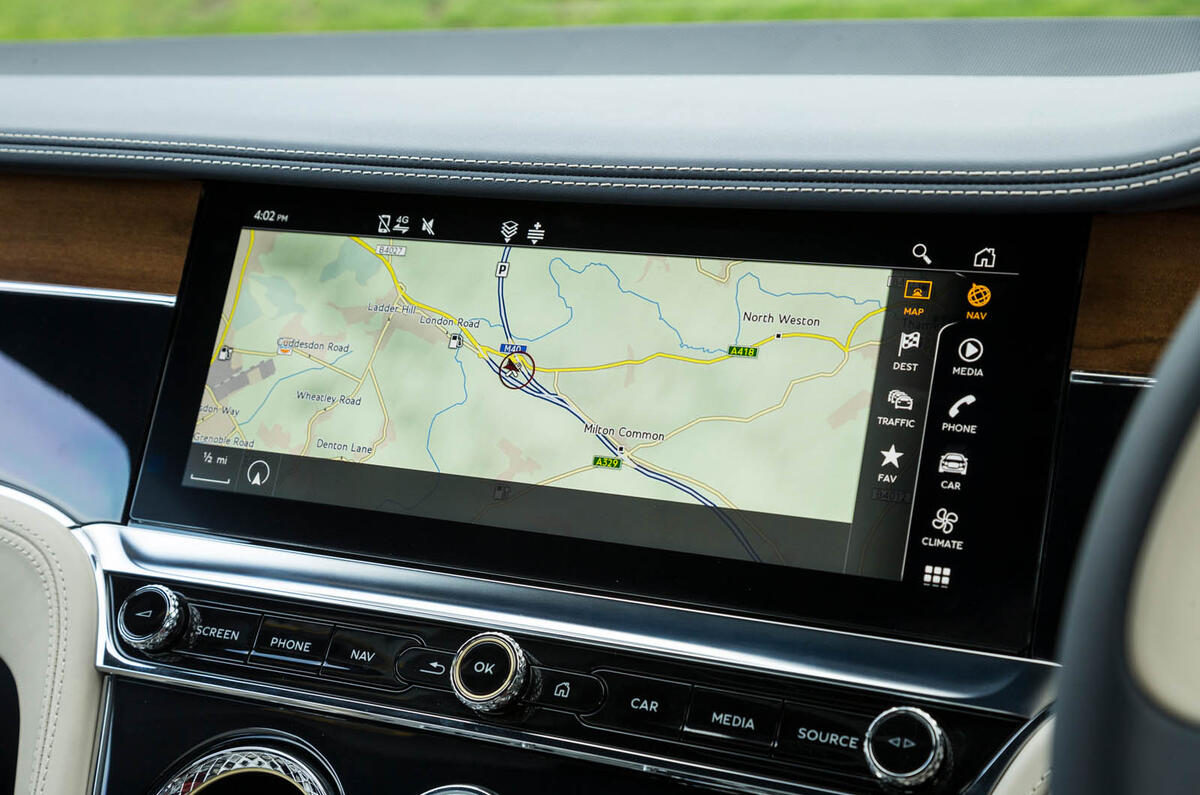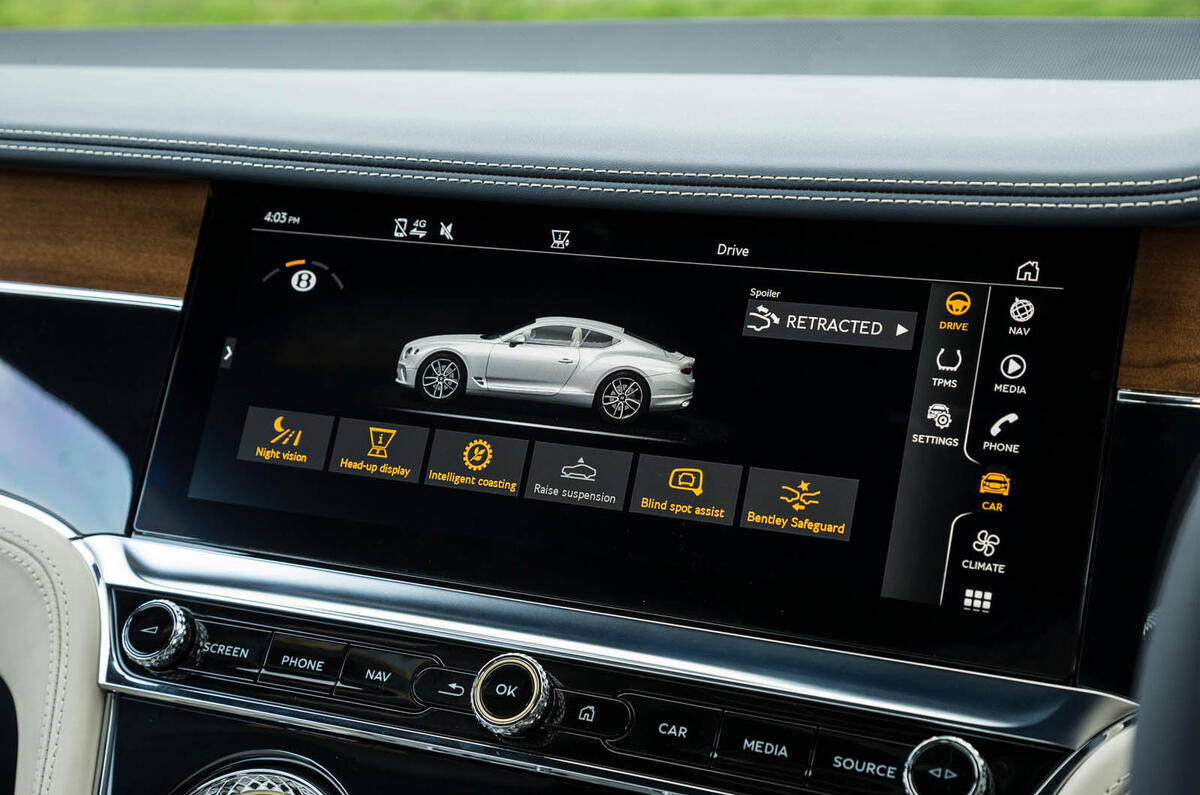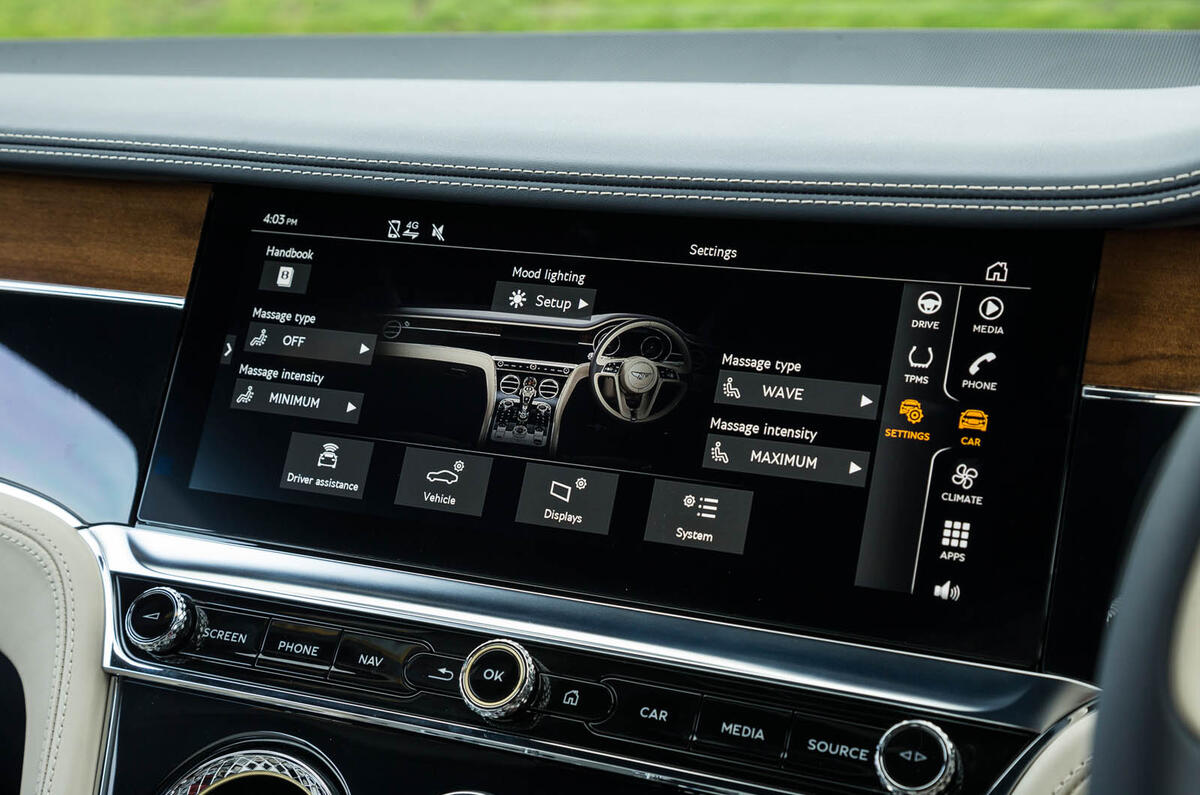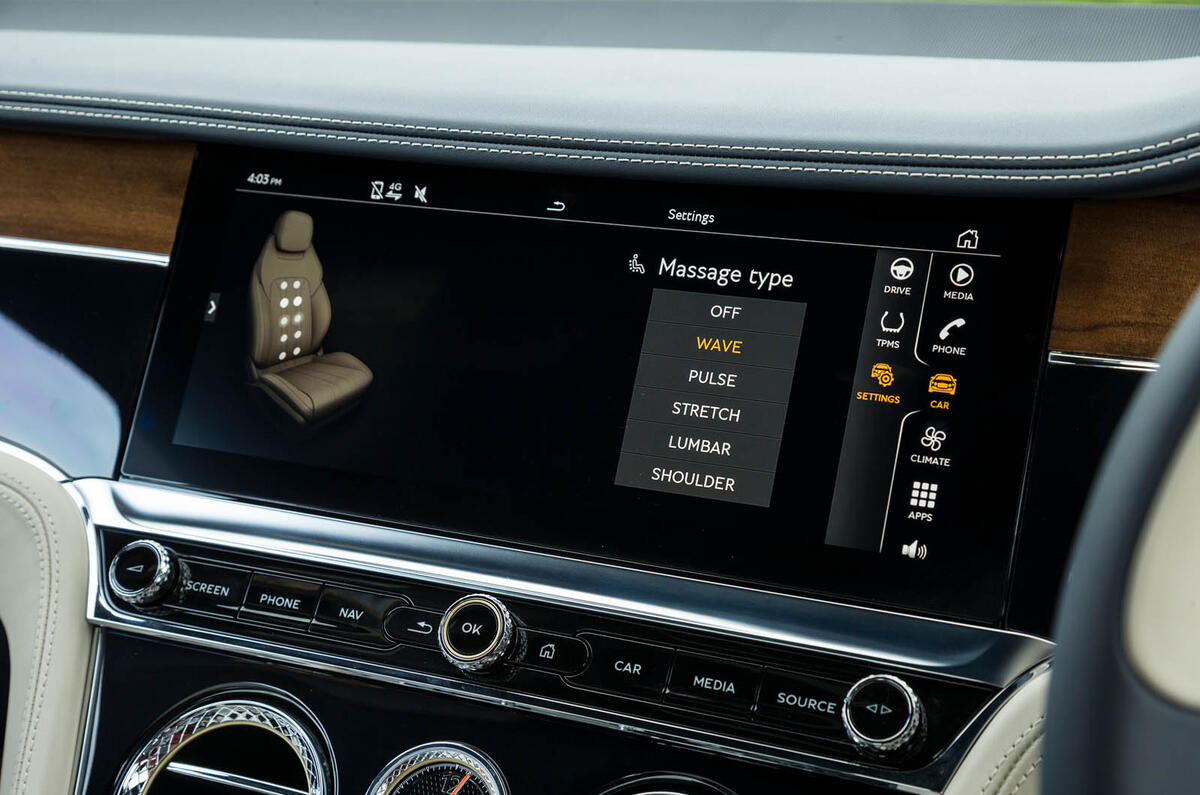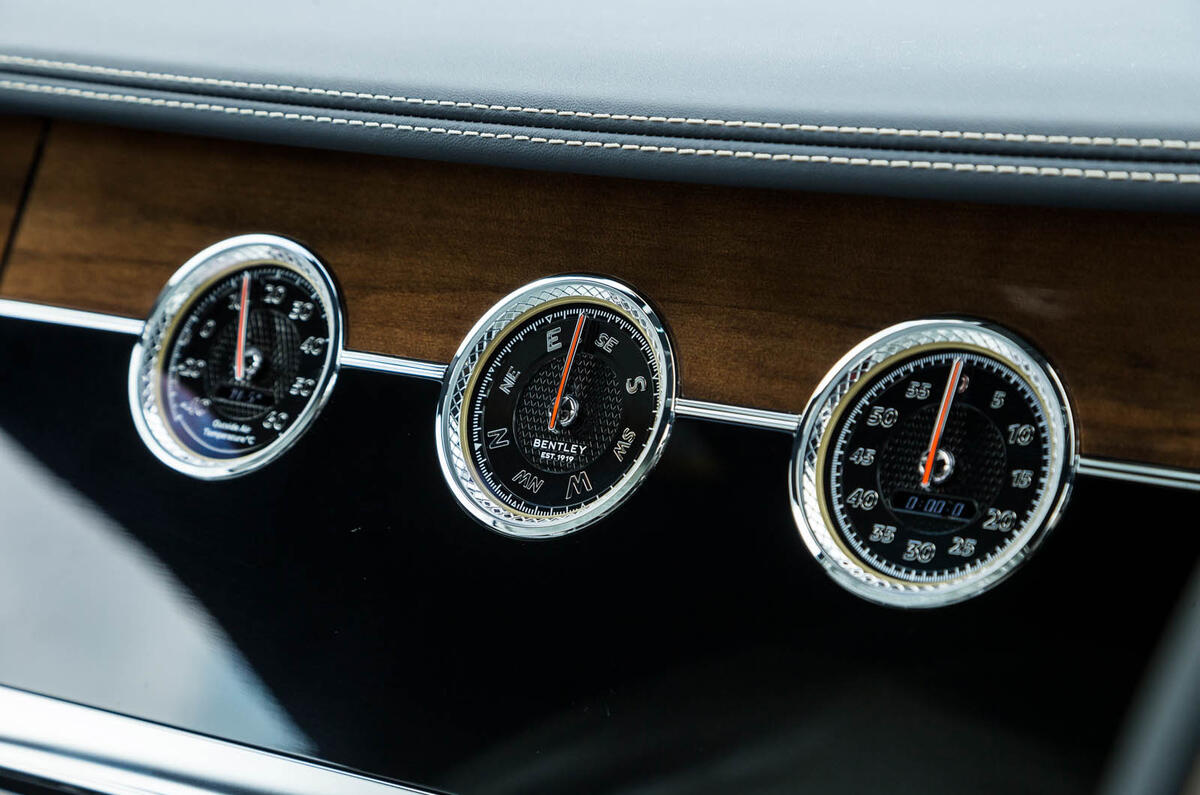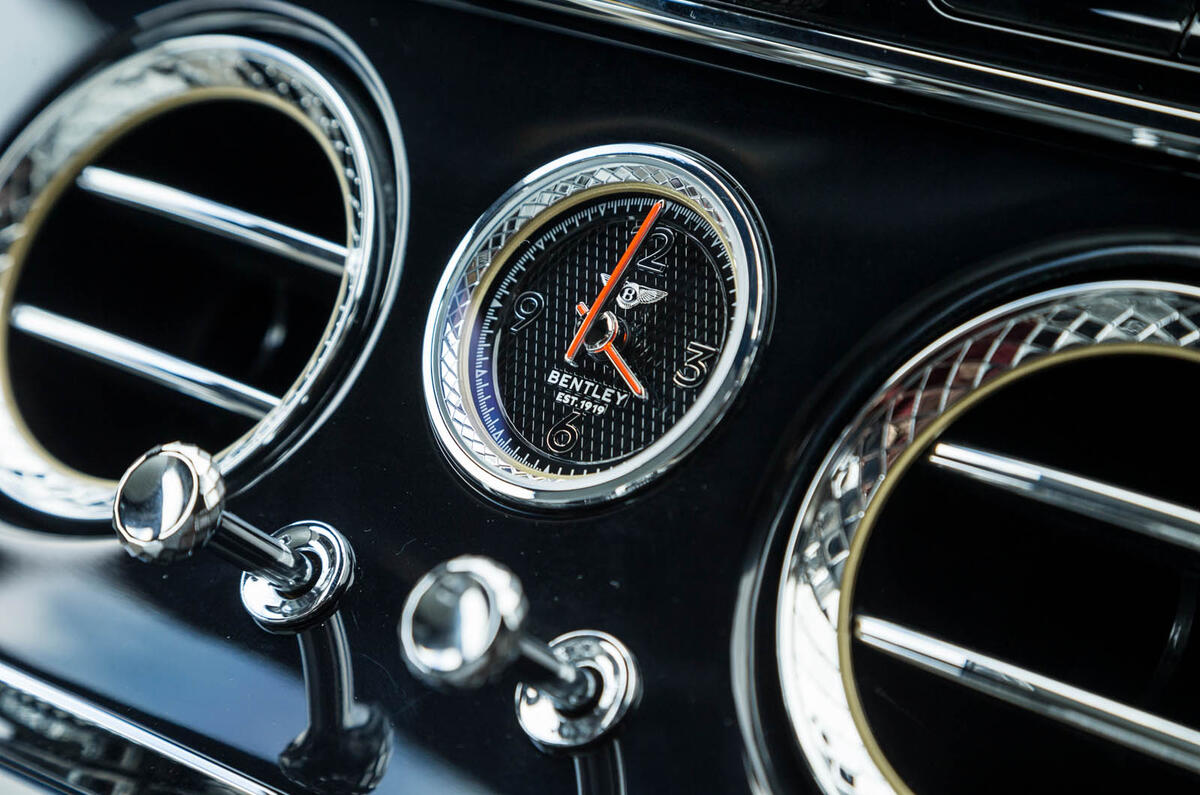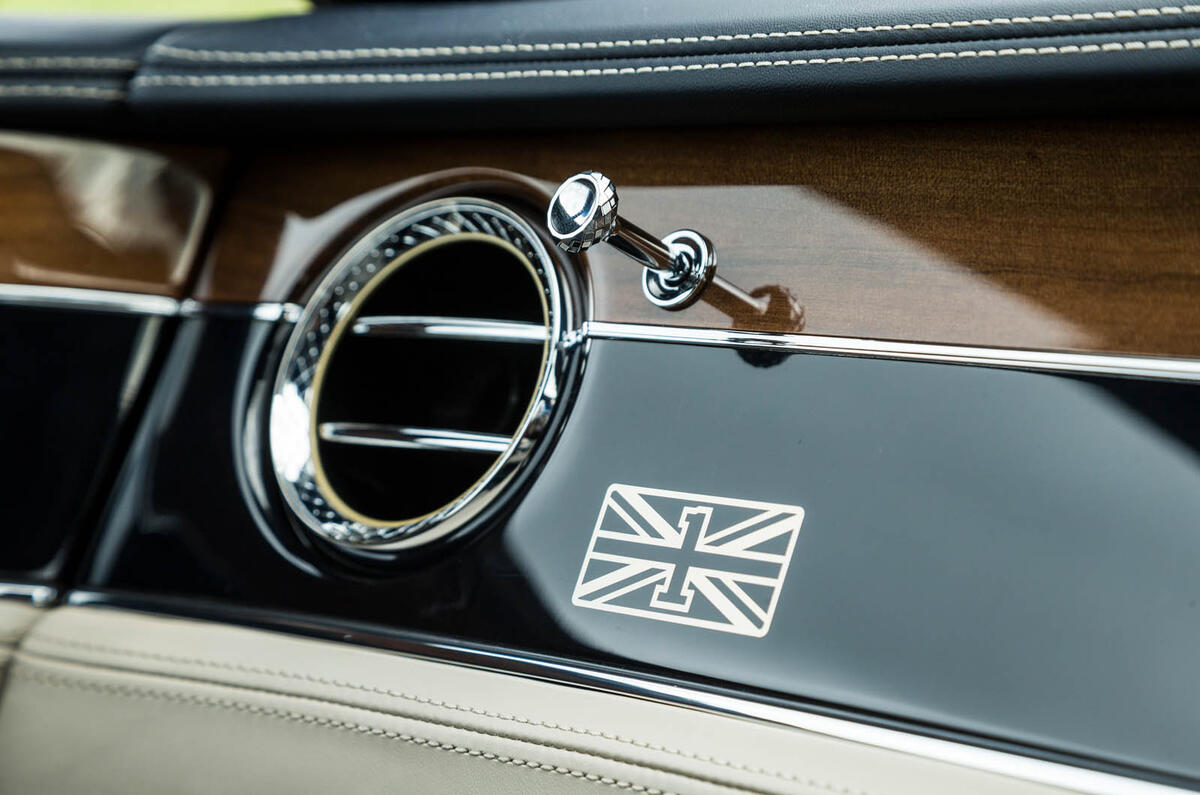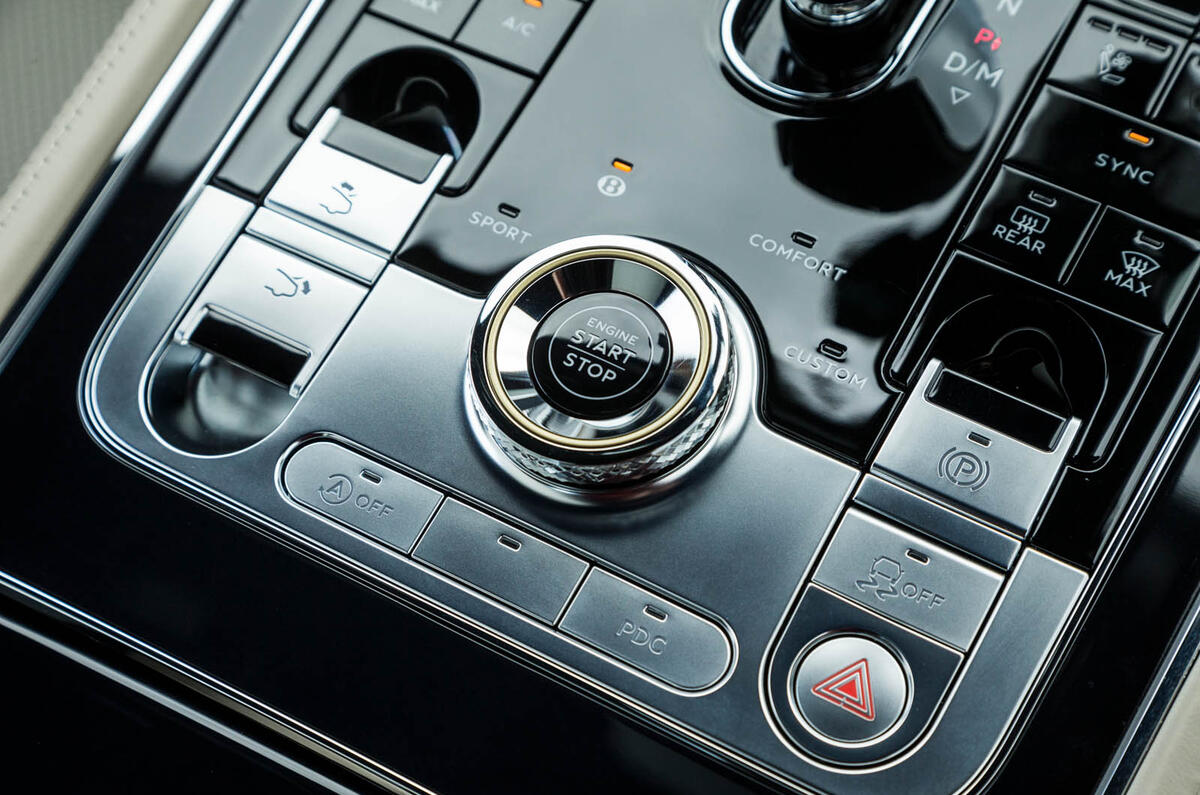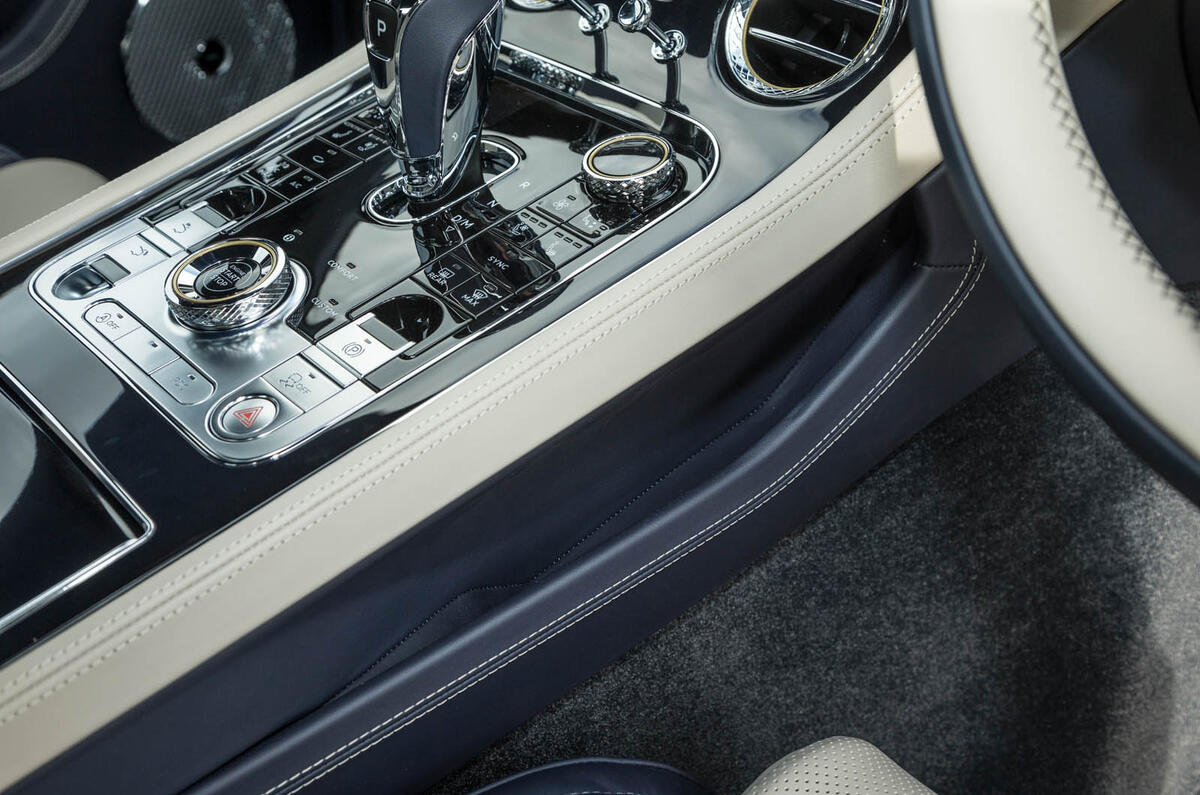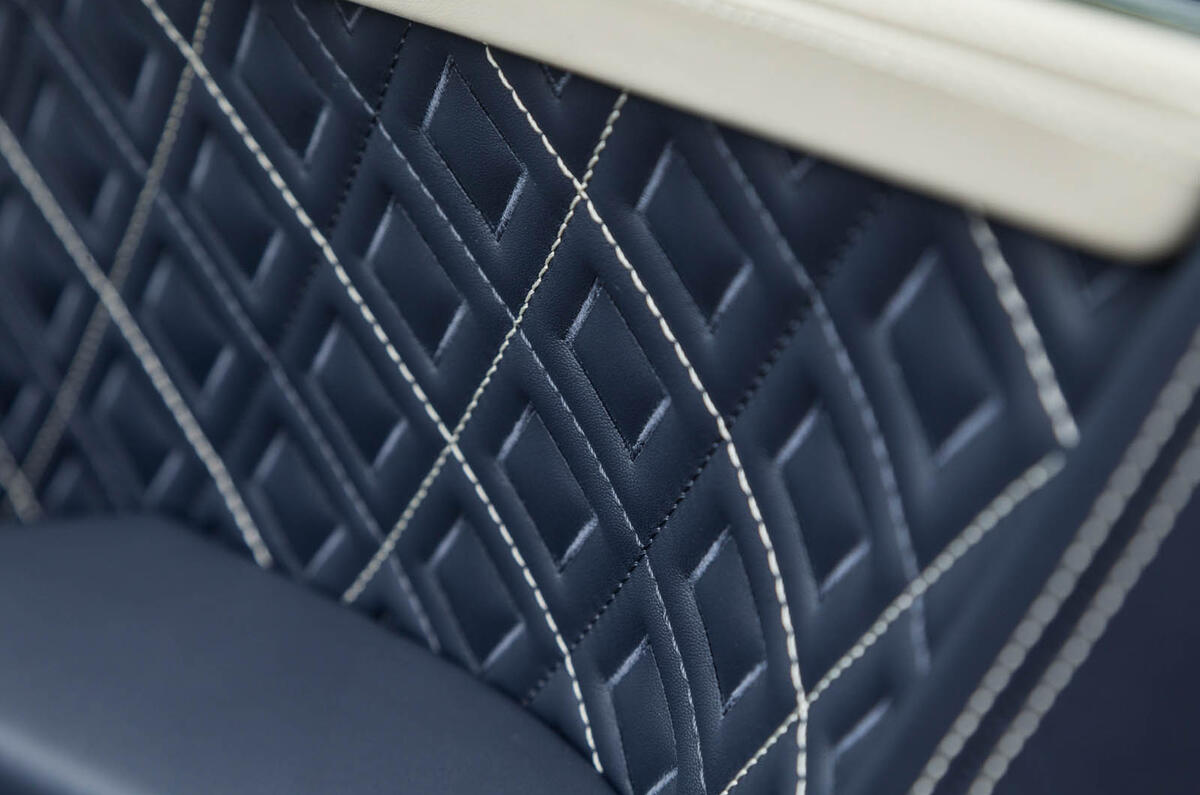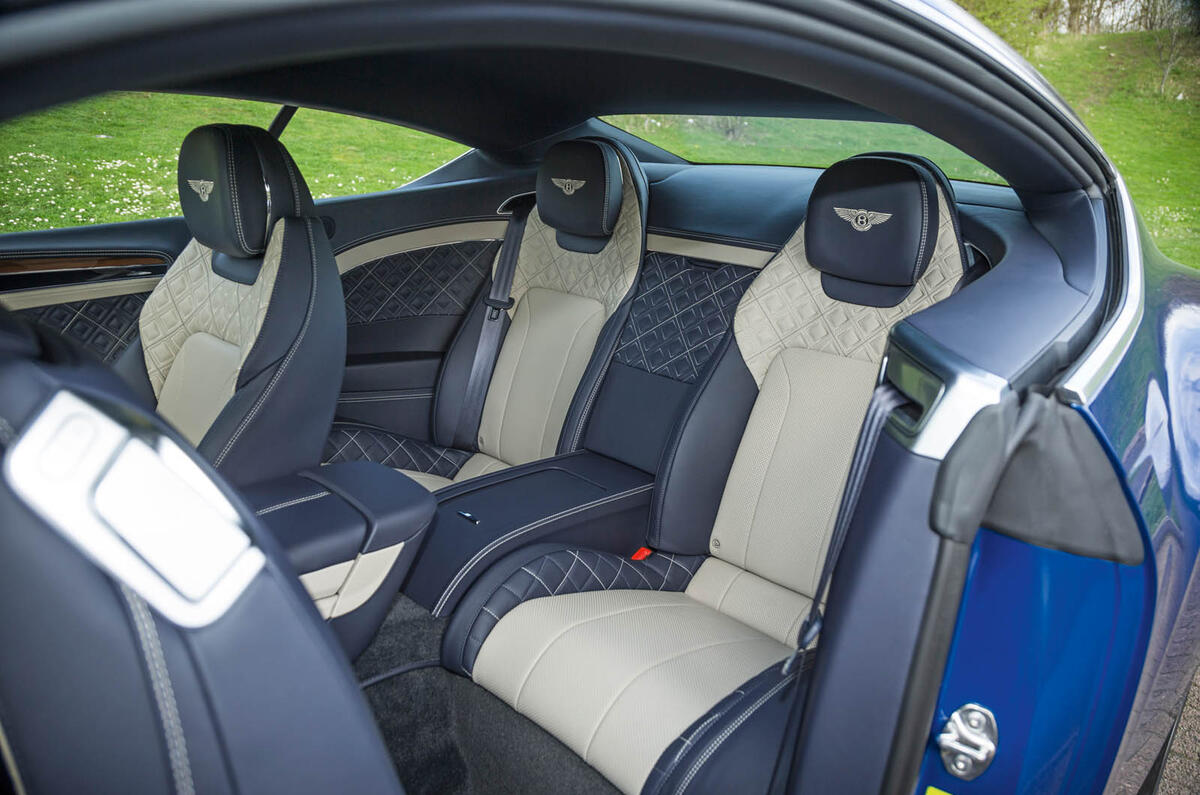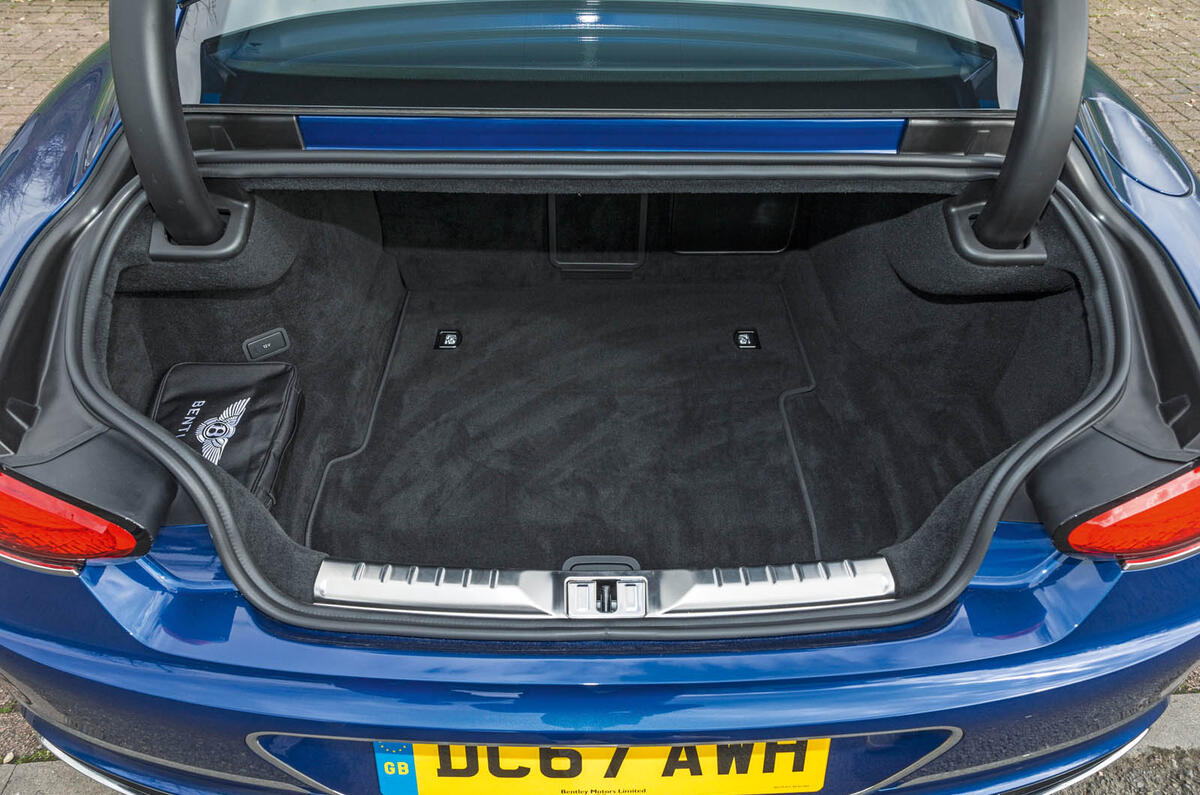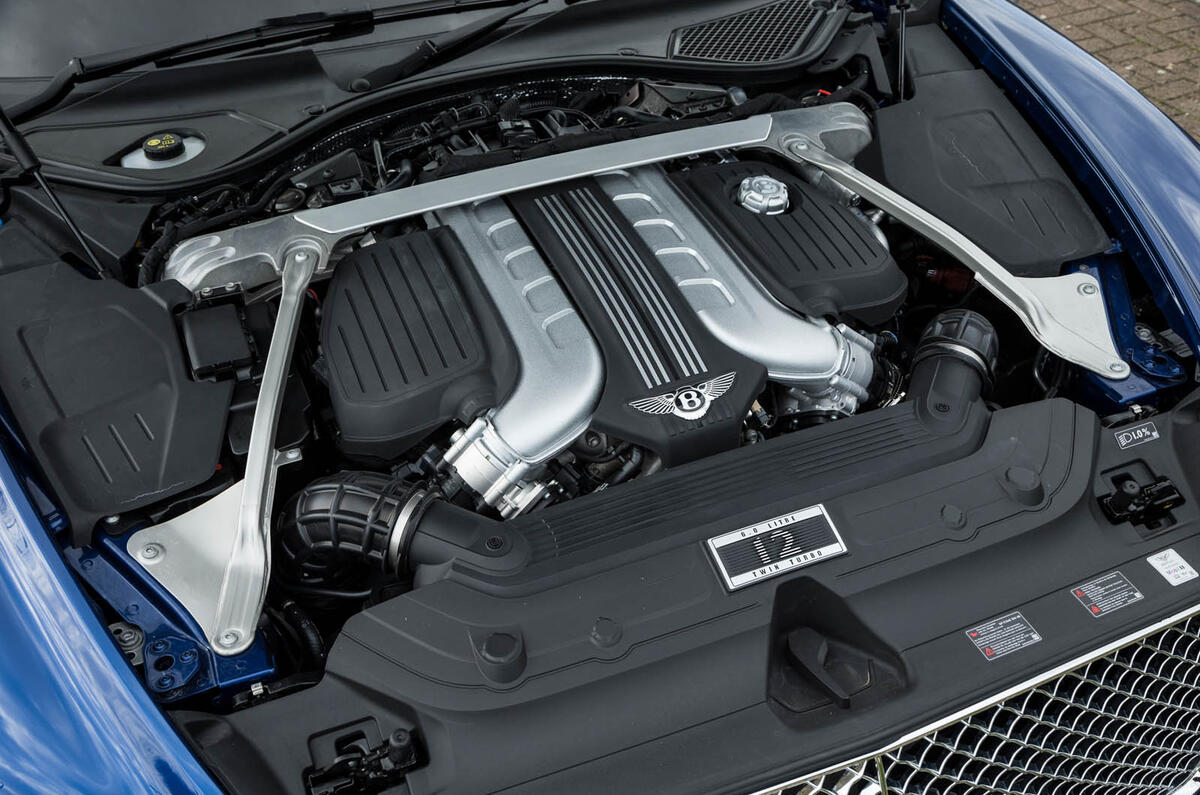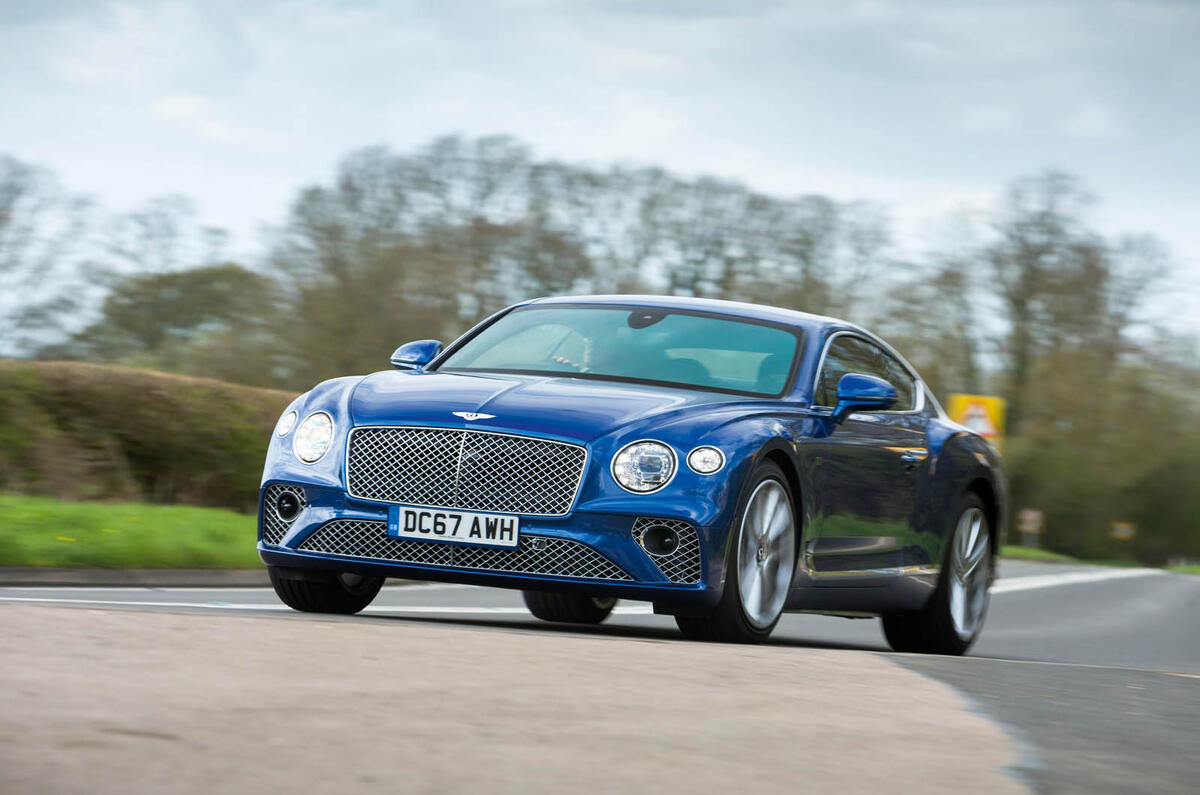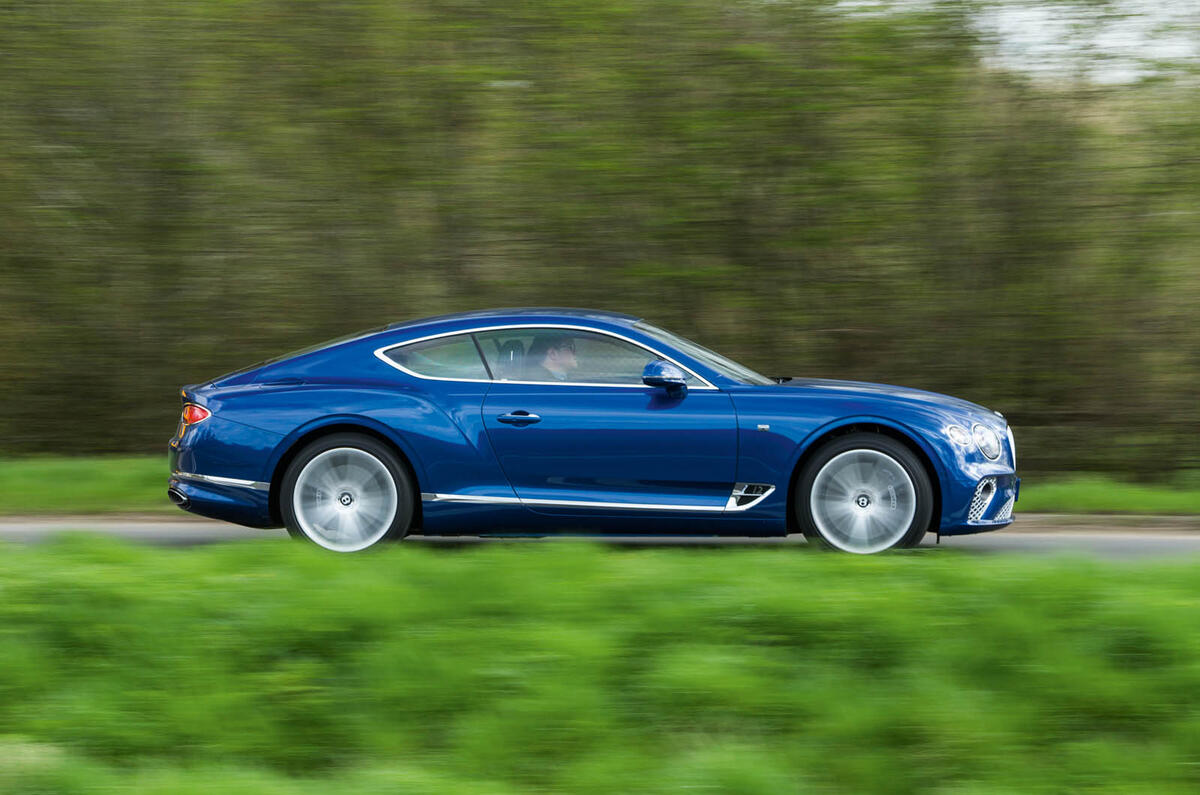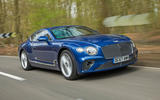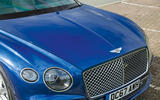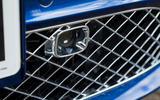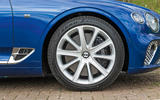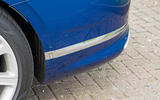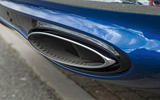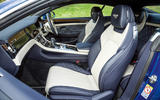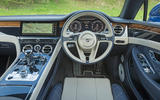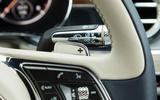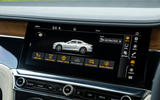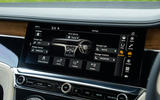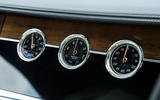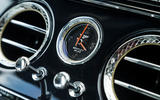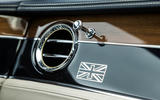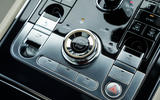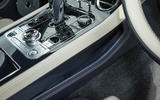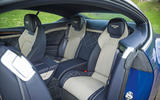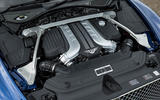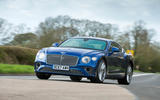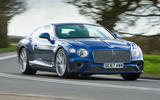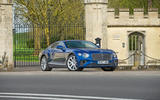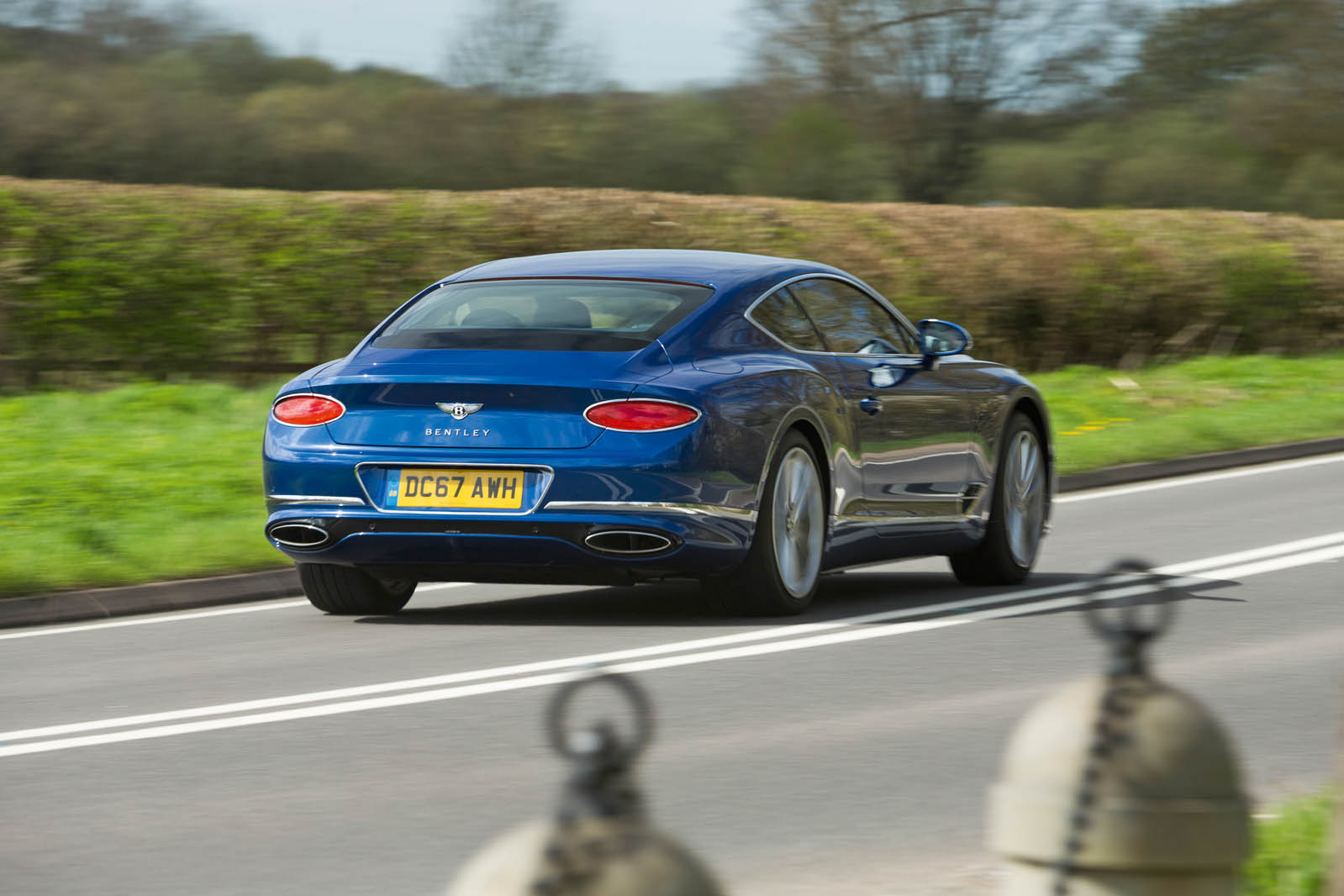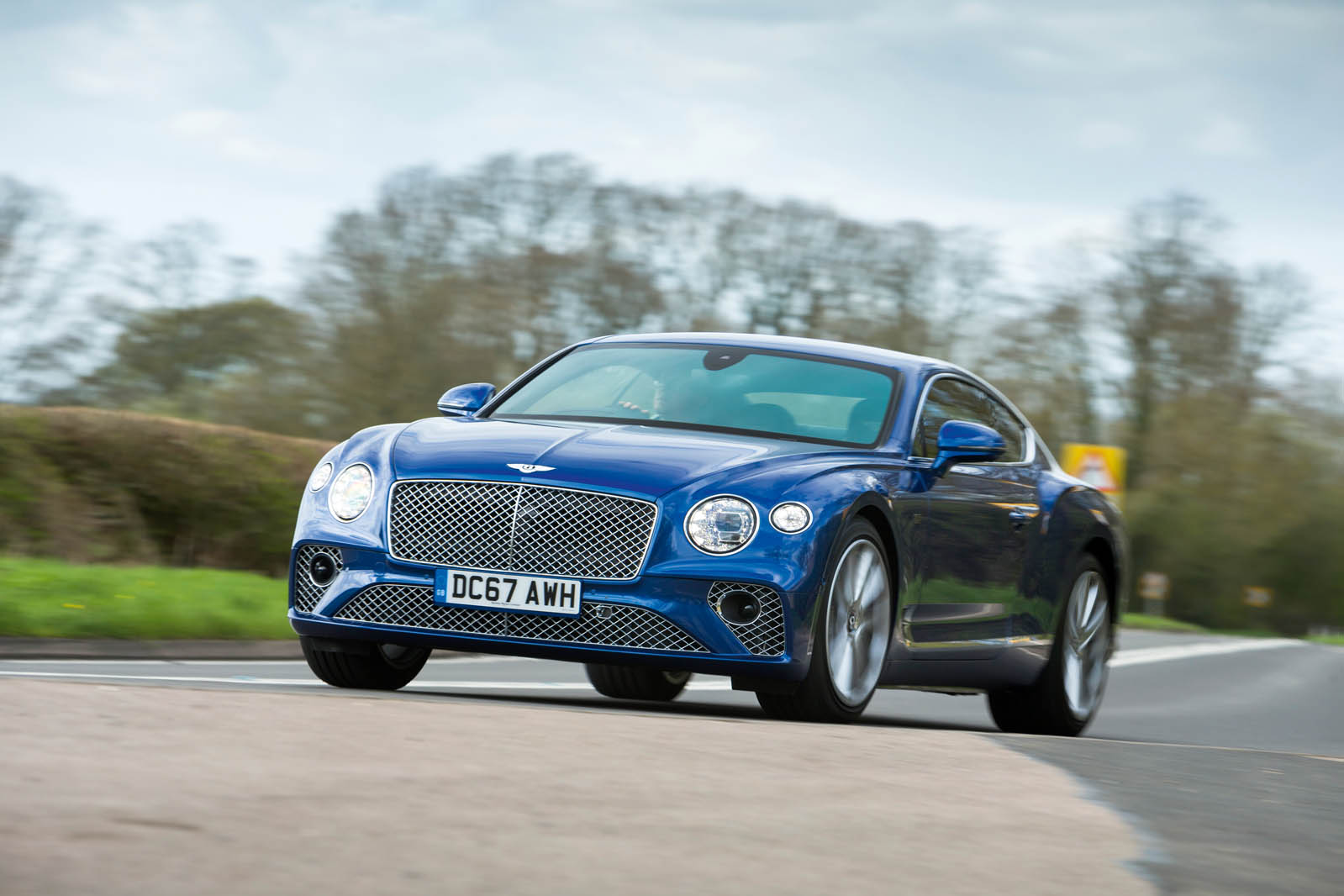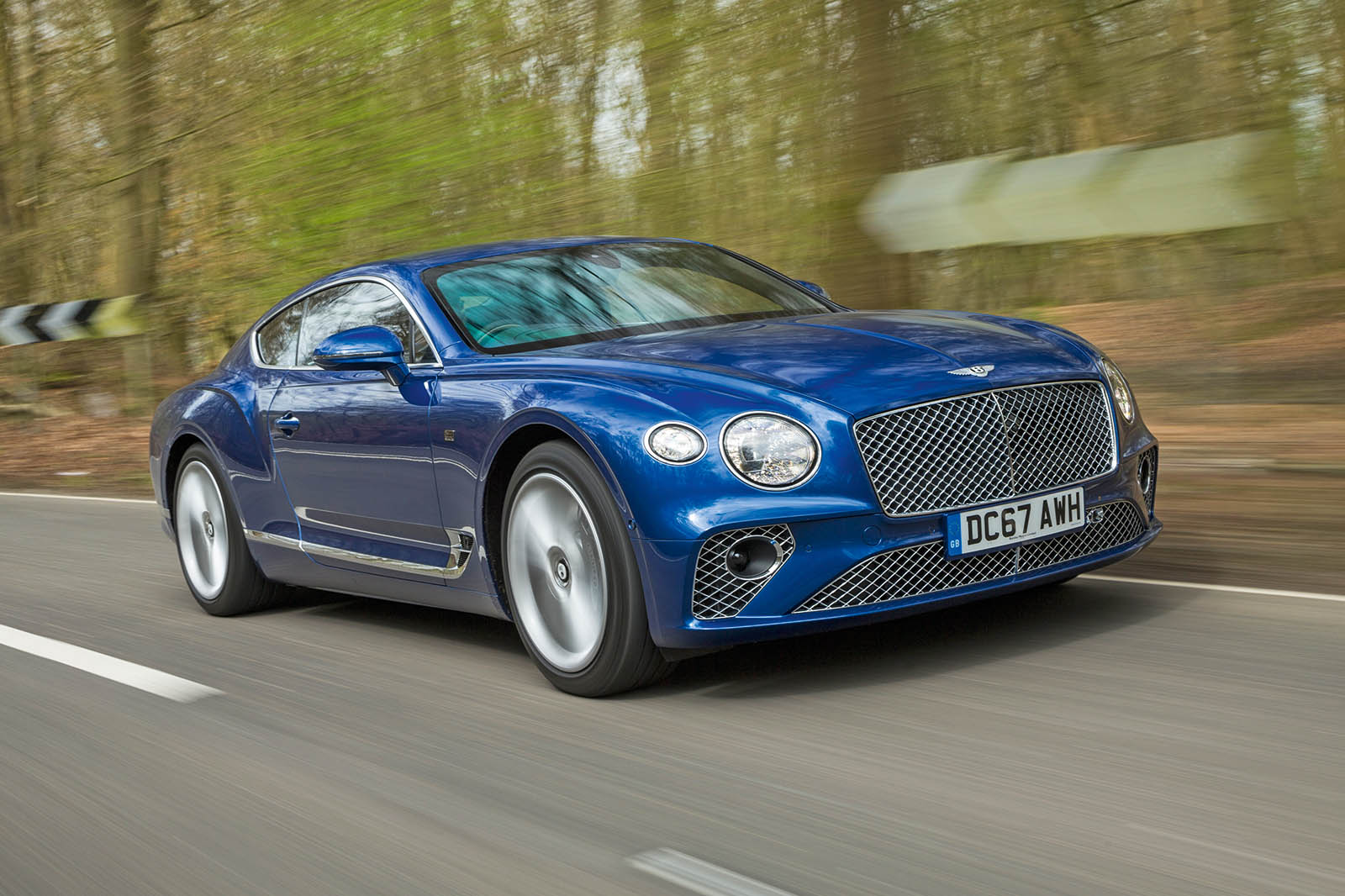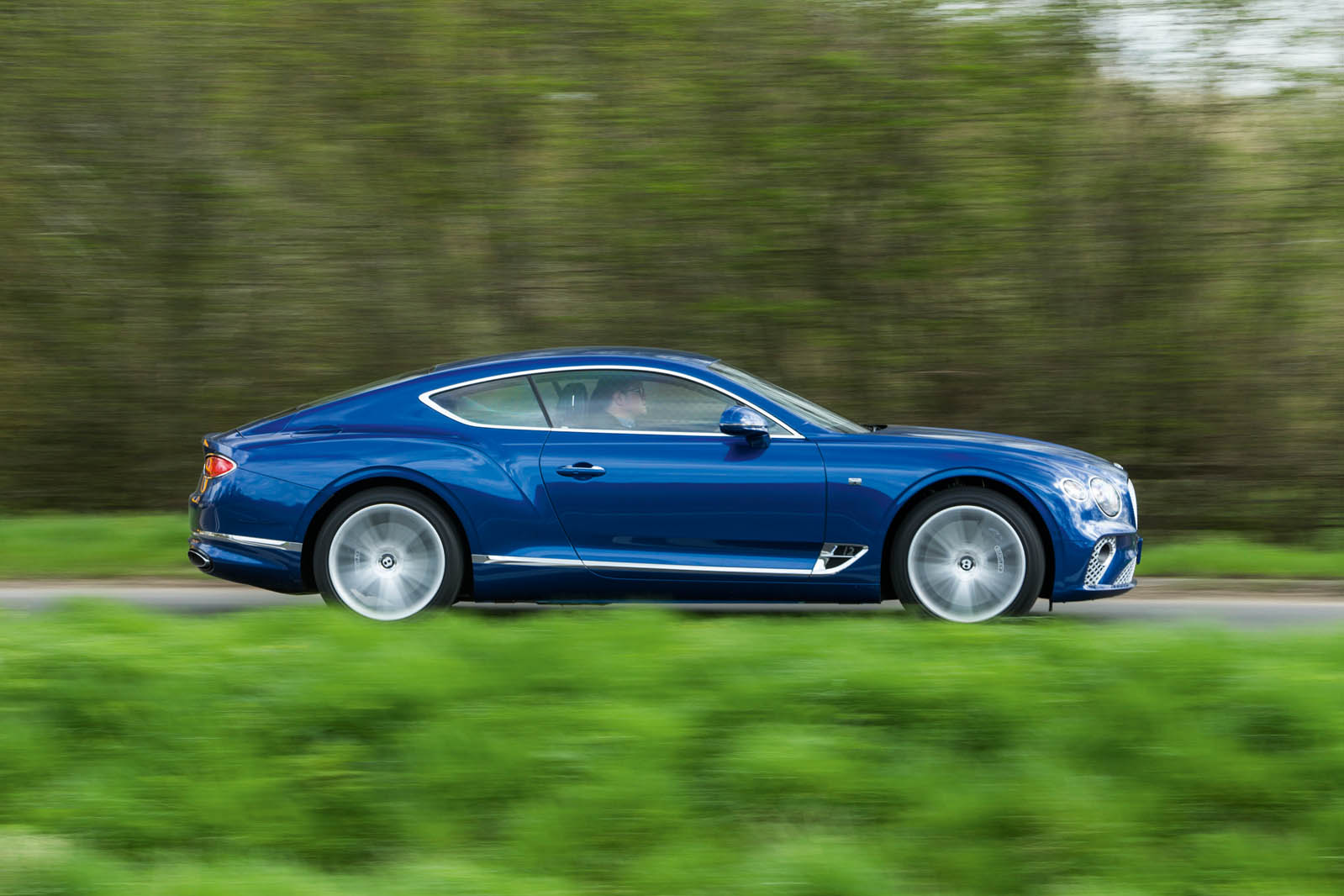This is where the Bentley Continental GT’s identity as a luxury product, distinct even from many of its closest rivals, is forged. Bentley’s cockpit is a sensory treat of various layers and courses.
The mood it plays to is one of classic wood-panelled, chrome-trimmed, deep-piled, leather-bound opulence, so if you prefer avant-garde design to the look and feel of a vintage drawing room, it may not be for you.
Just don’t underestimate the car’s ability to wear away the reservations of even the staunchest progressive, with its sheer sumptuousness and appealing material authenticity.
A fully digital and configurable instrument panel replaces the last car’s analogue clocks ahead of the driver and it operates very much like Audi’s Virtual Cockpit set-up.
You can make it display analogue dials at full scale with centrally inset infotainment information, navigation mapping or live video feed from the infrared night-vision camera, or you can have that inset secondary display at larger scale in place of the car’s rev counter and water temperature gauge.
Press the ignition switch and the veneer in the middle of the dashboard rotates to reveal a 12.3in, retina-quality MMI display with impressive graphical sophistication and good usability. It is, the maker says, the largest touchscreen yet fitted to a Bentley.
From here, drivers can access sat-nav, DAB radio, vehicle settings and smartphone connectivity services. It’s an elegant system to behold, with crisp, clear graphics, and the switch between menus is made in a fluid, responsive manner.
If you prefer to travel without the distraction of a modern luxury car’s on-board technology, though, you can rotate the infotainment screen out of sight entirely and replace it with a panel of analogue instruments.
Our test car also had the range-topping Naim for Bentley premium audio system. At £6500, it’s a pricey option but, given its rich, sonorous sound quality, it’s certainly worth considering.
Making you comfortable ought to be high on any Bentley’s list of priorities and the Continental does that supremely well.
The 20-way bullhide leather front seats (heated and cooled, with massagers) are set slightly higher than the norm for a sporting coupé but are that way, you suspect, by design, giving you good all-round visibility – and they’re sufficiently cushioned and cosseting that you can spend hours in them without noticing the time pass.
Rear space remains tight for larger adults but fine for teenagers and kids in child seats – which is what you expect of a 2+2 – and boot space is big enough for a couple of large cases and a couple of smaller holdalls.
But it’s the richness of Bentley’s materials that really set the Continental apart: those polished metal interior trims and gorgeous wood veneers. The ‘diamond-knurled’ finish on the switchgear is a particular tactile highlight.


